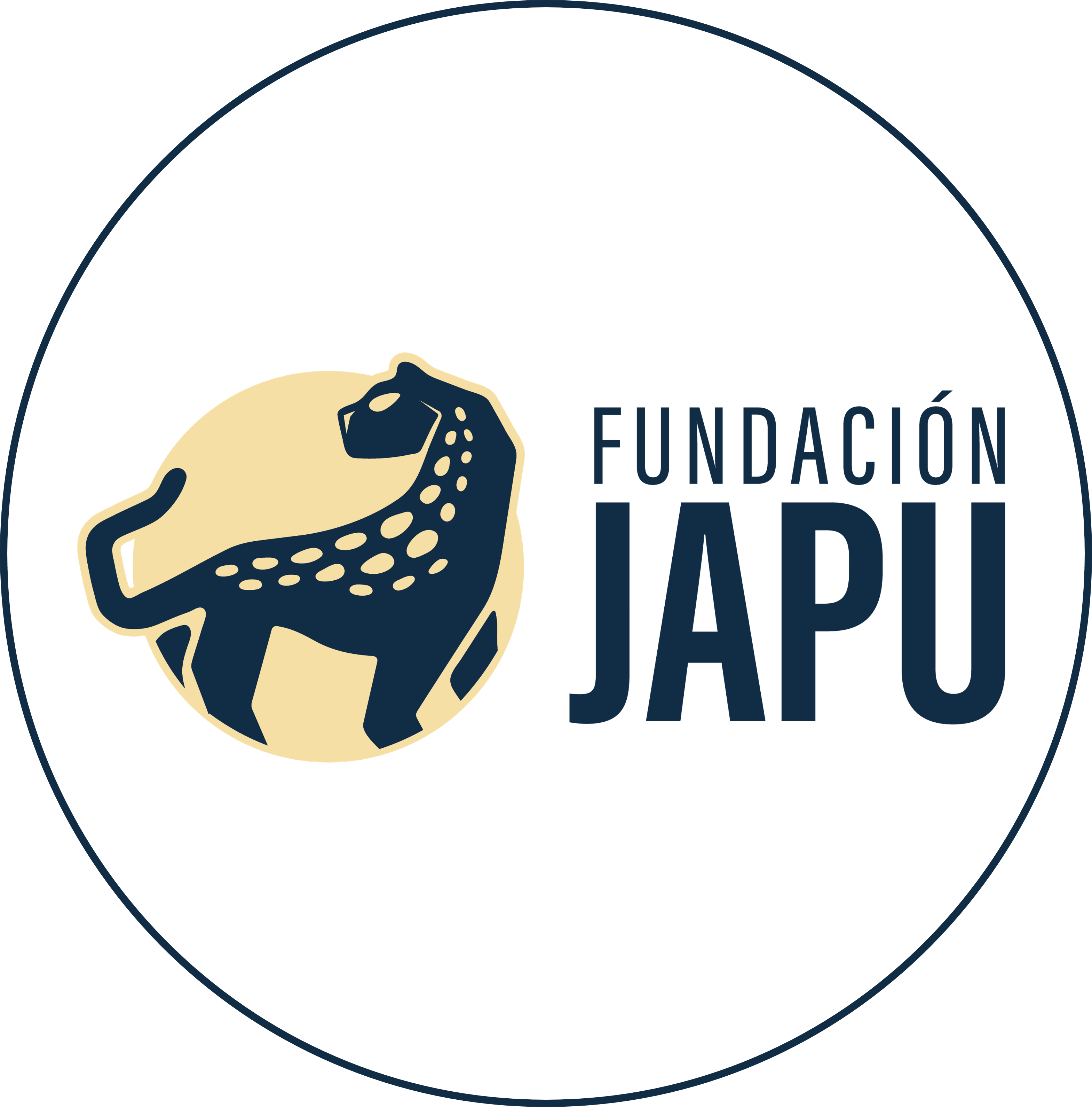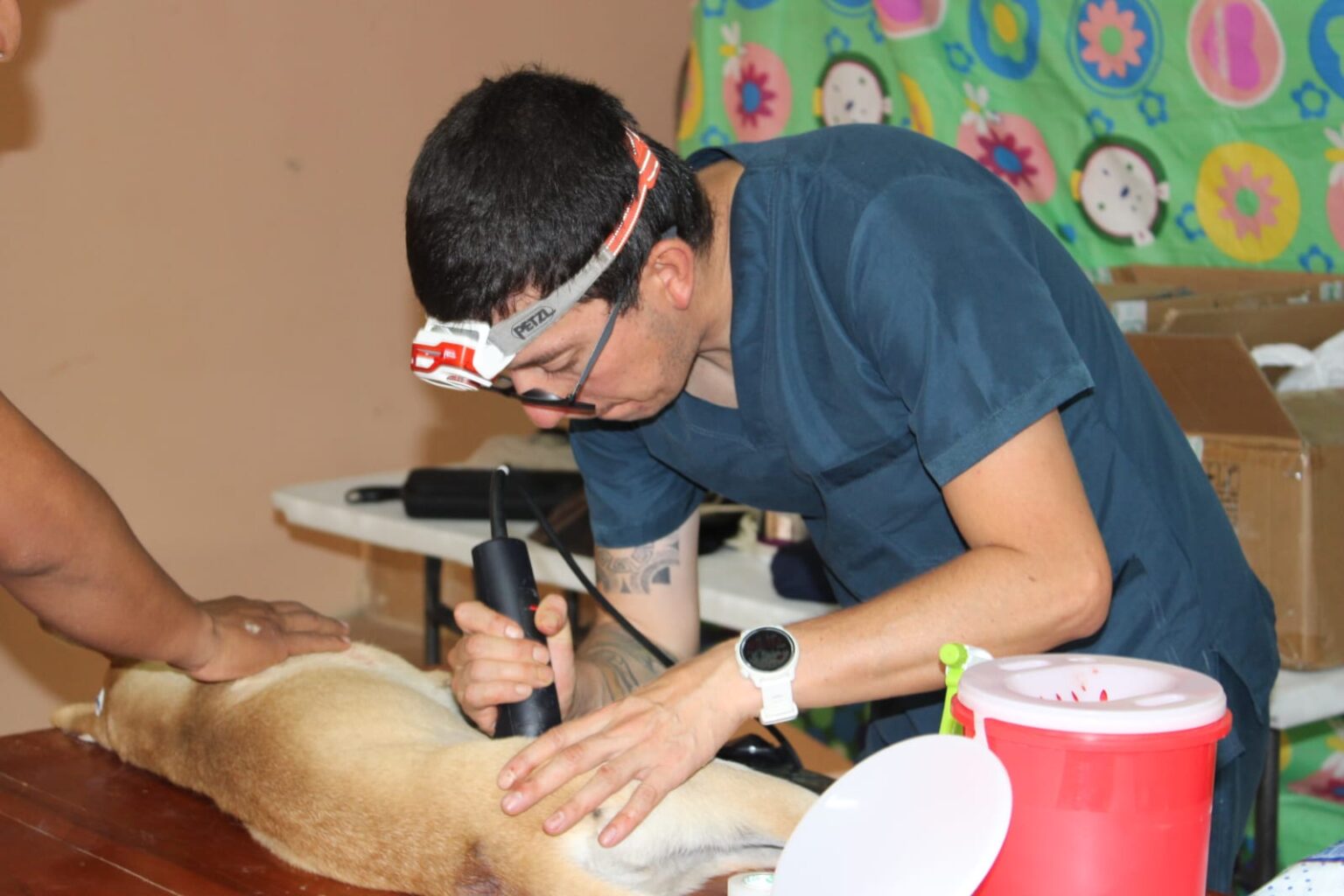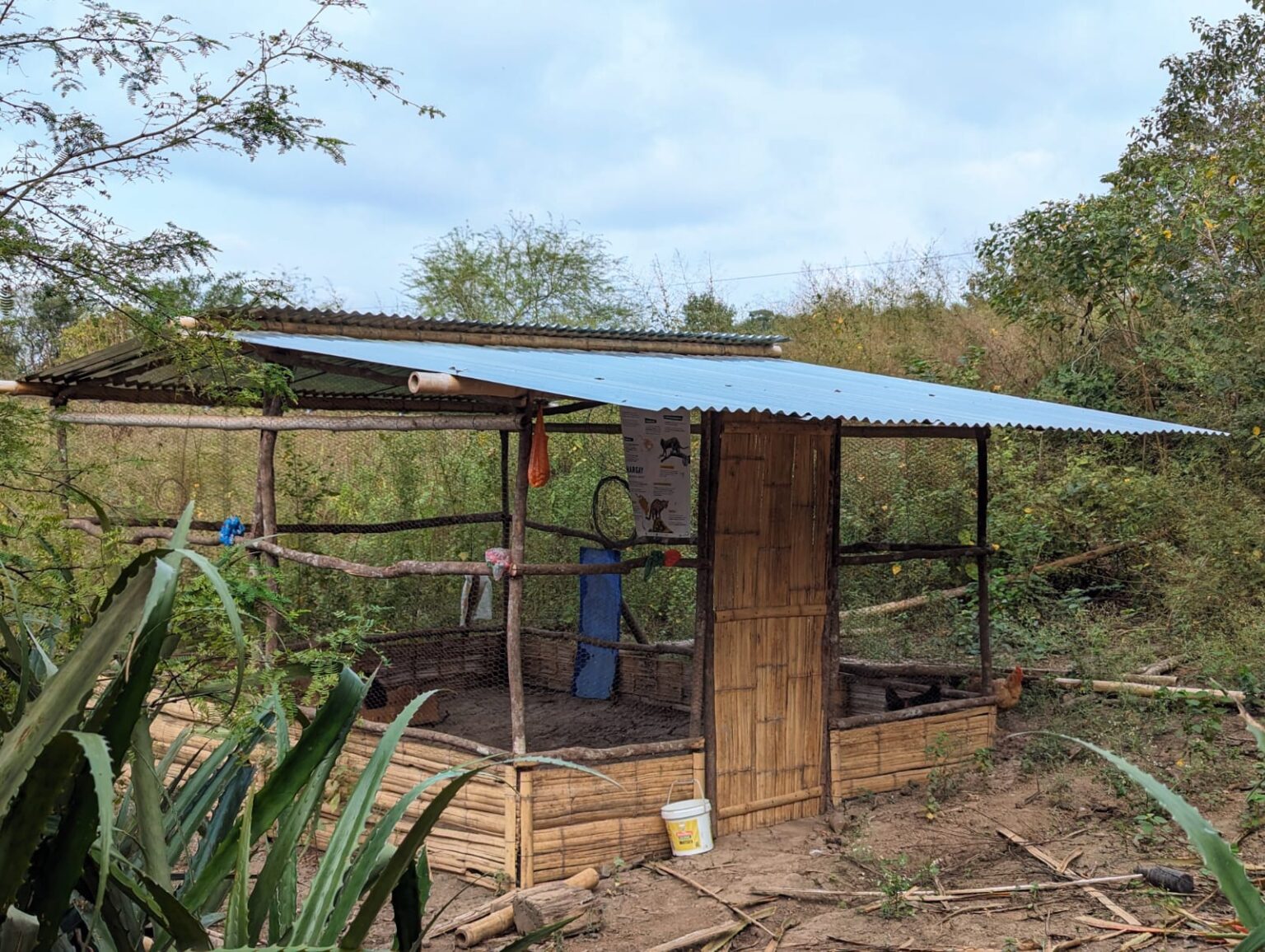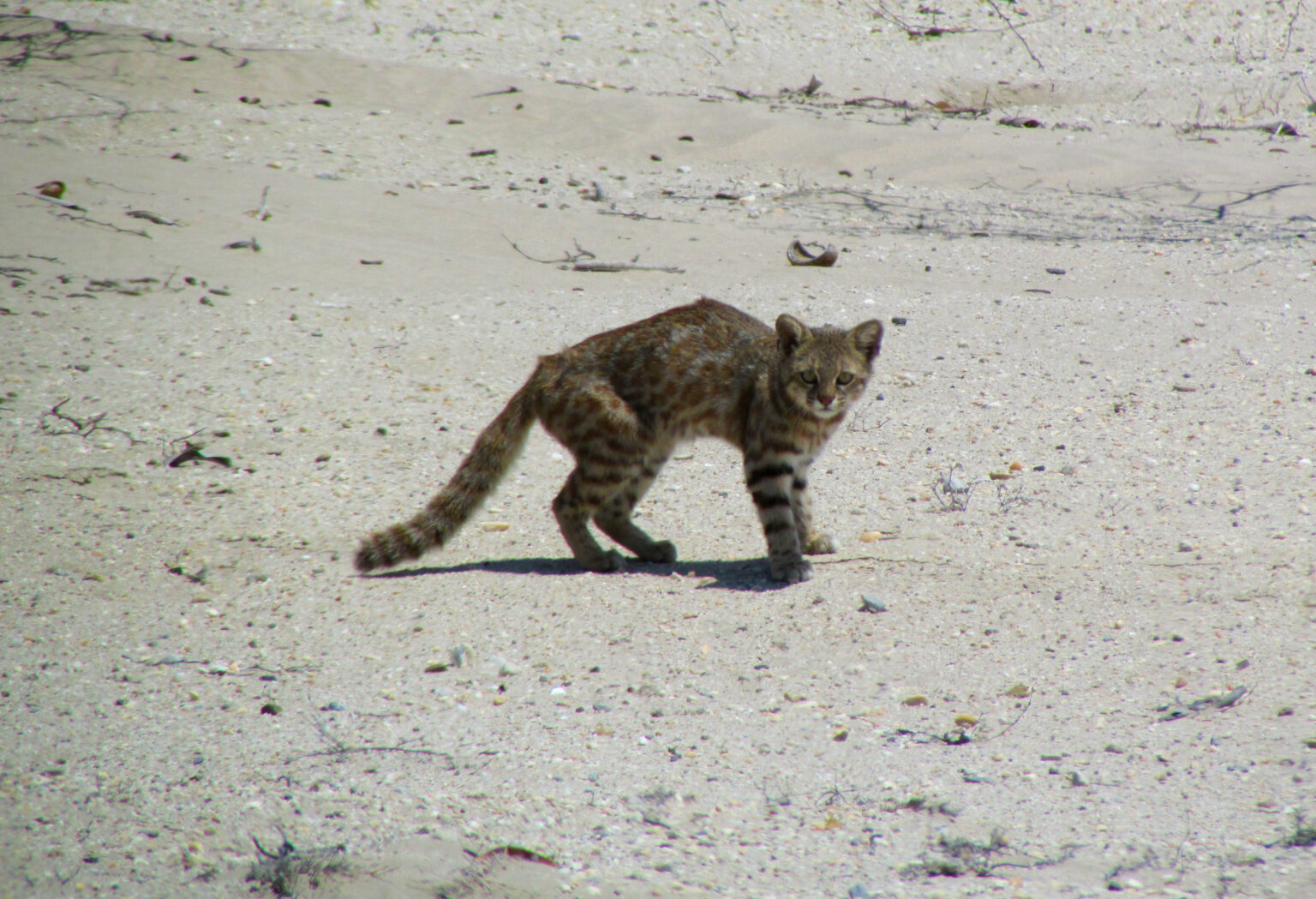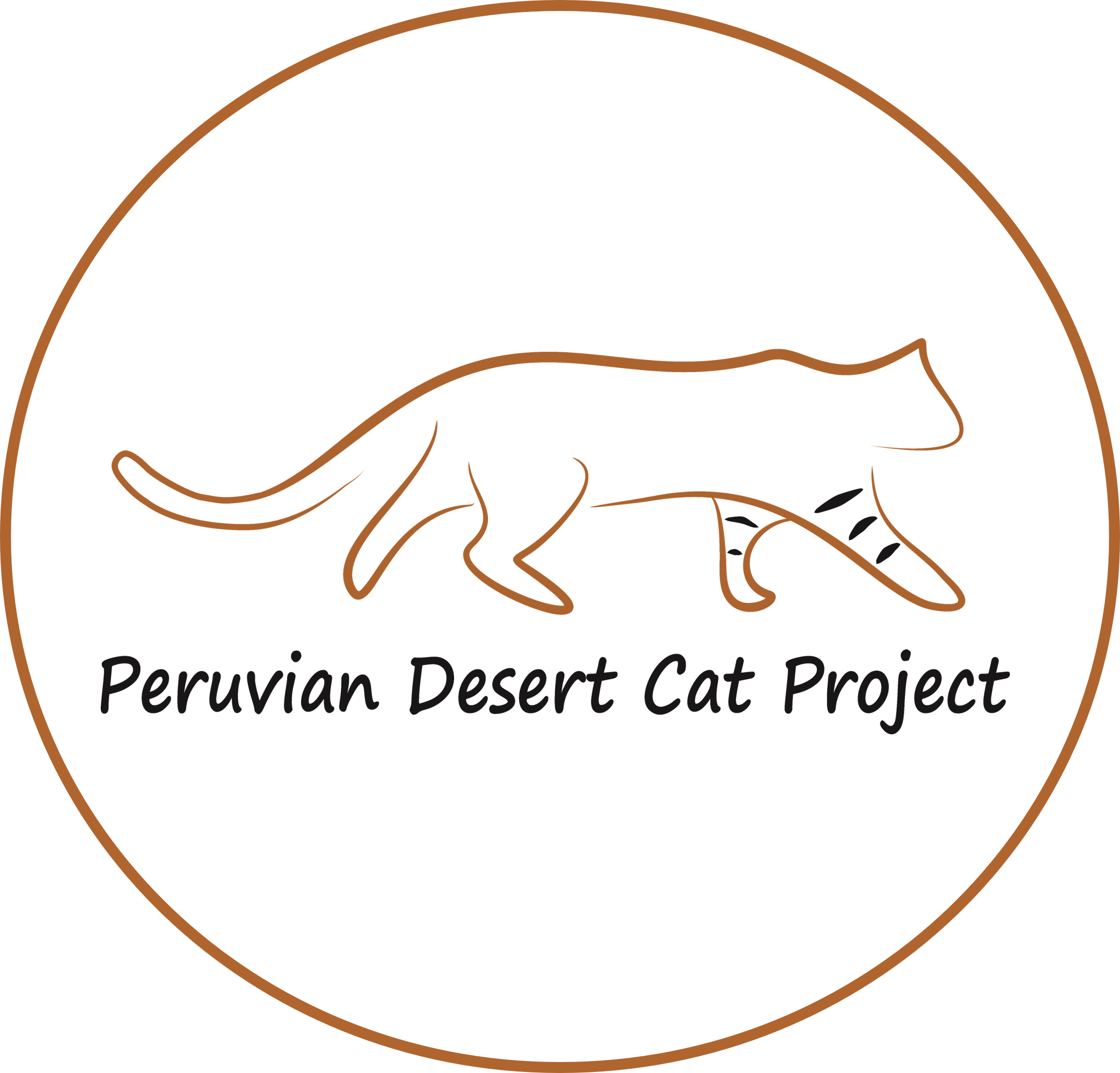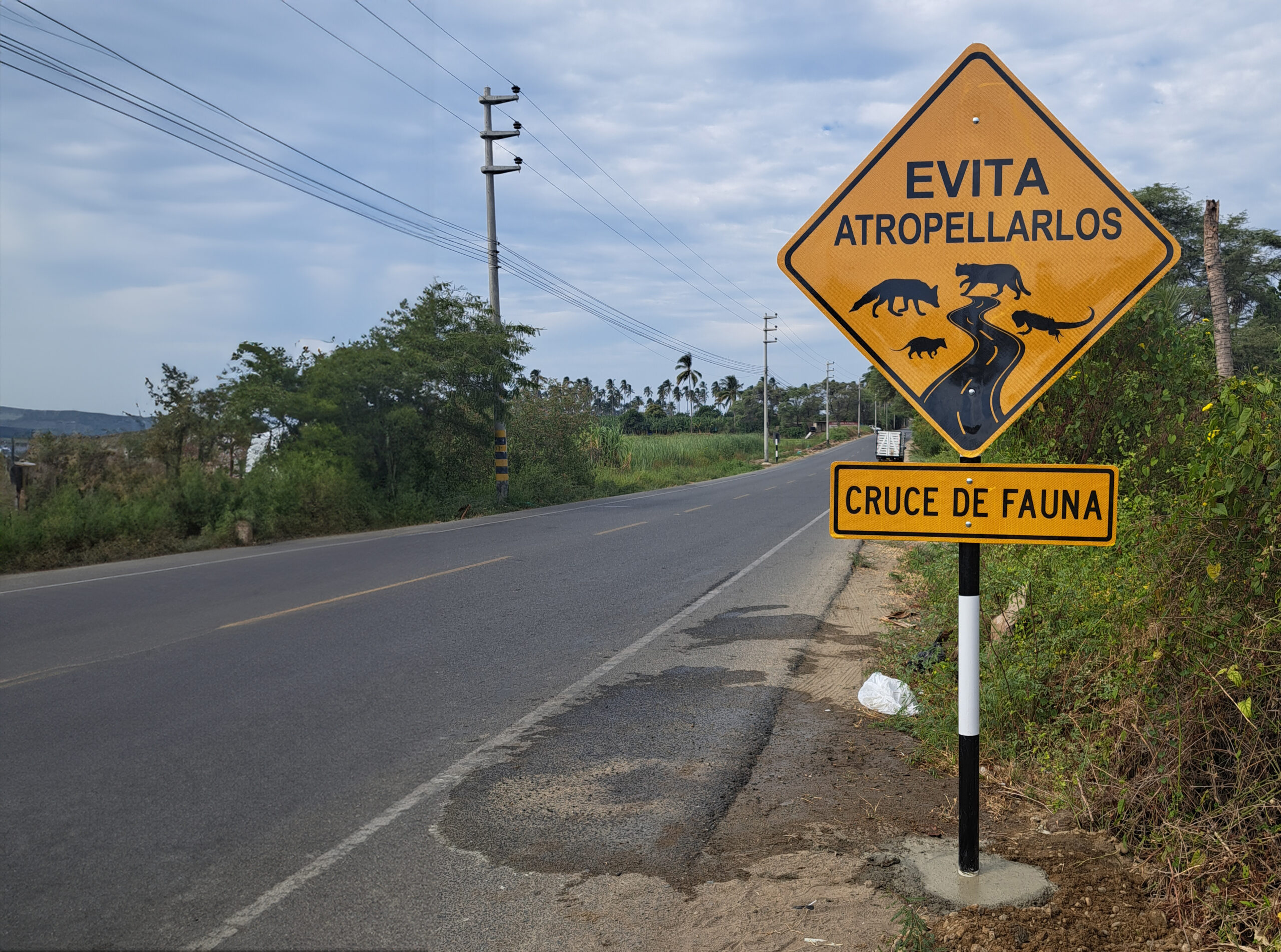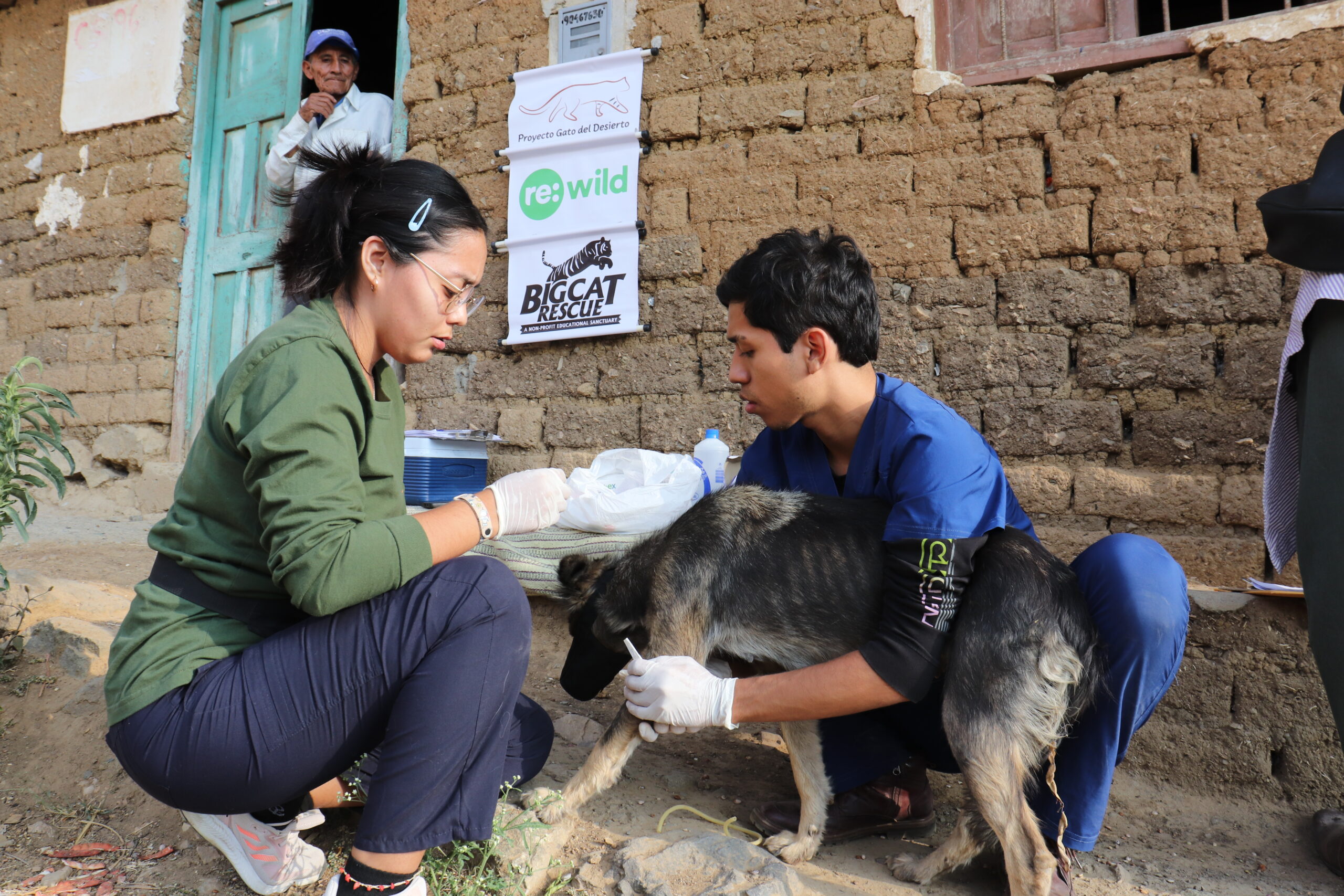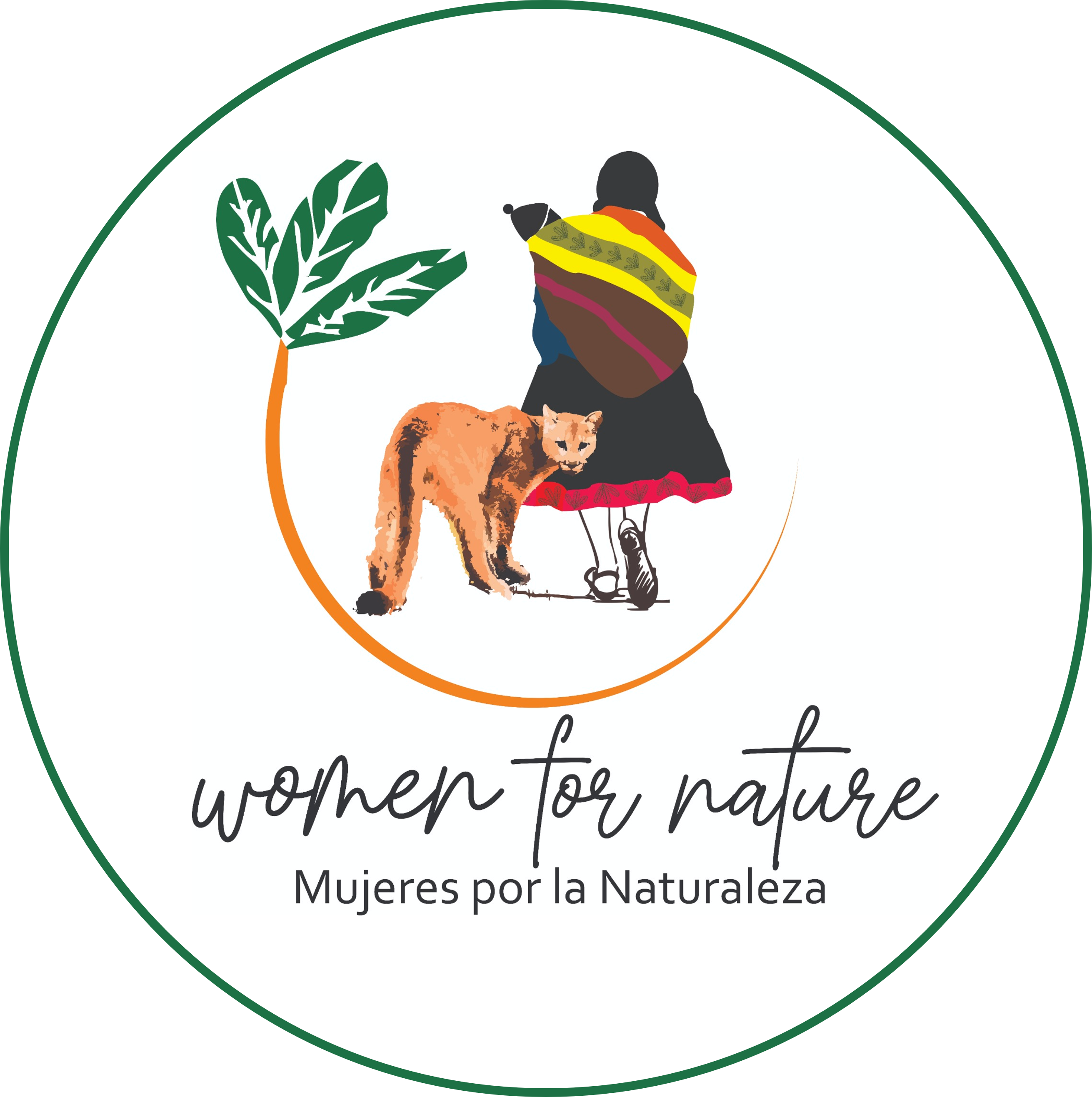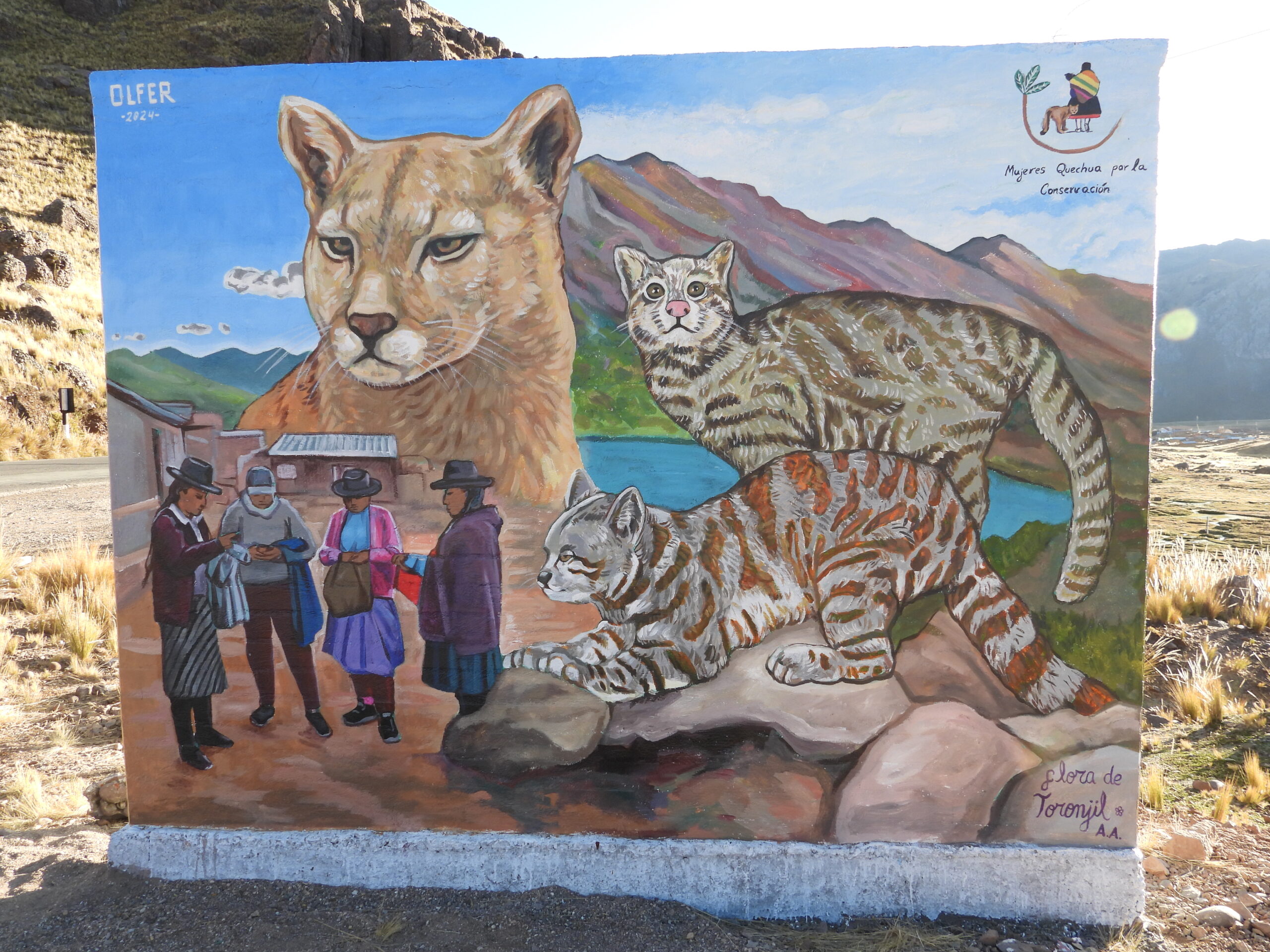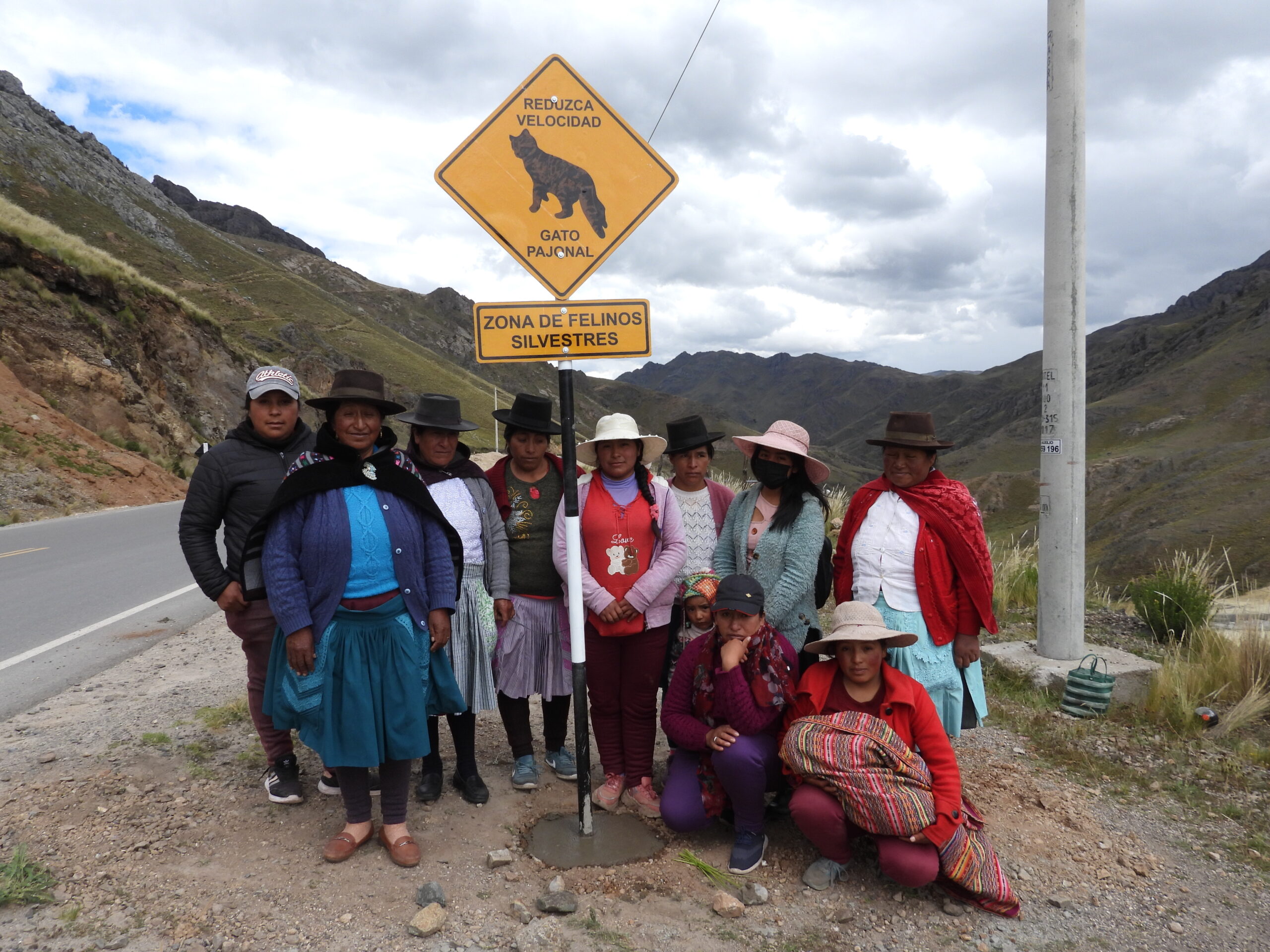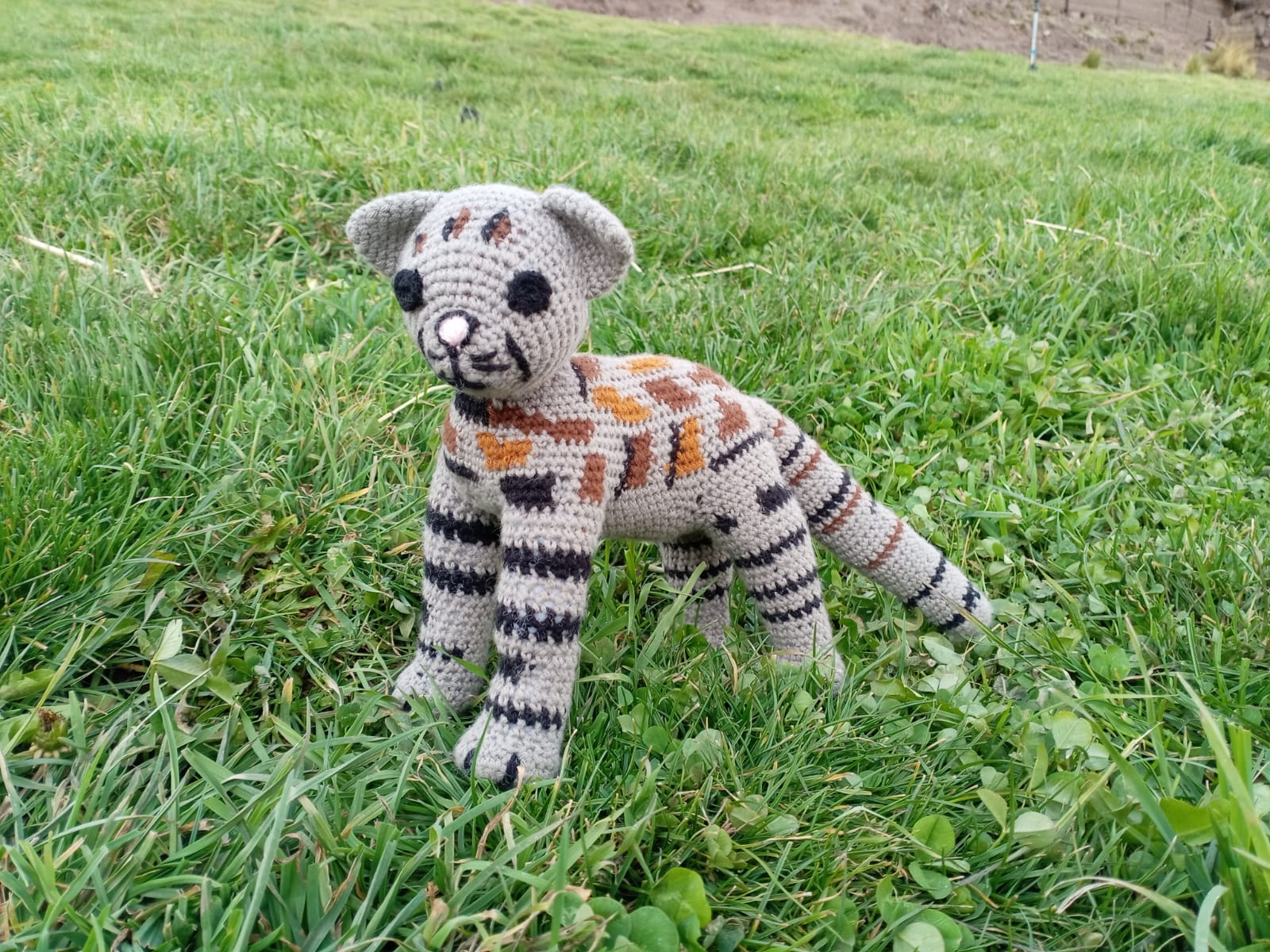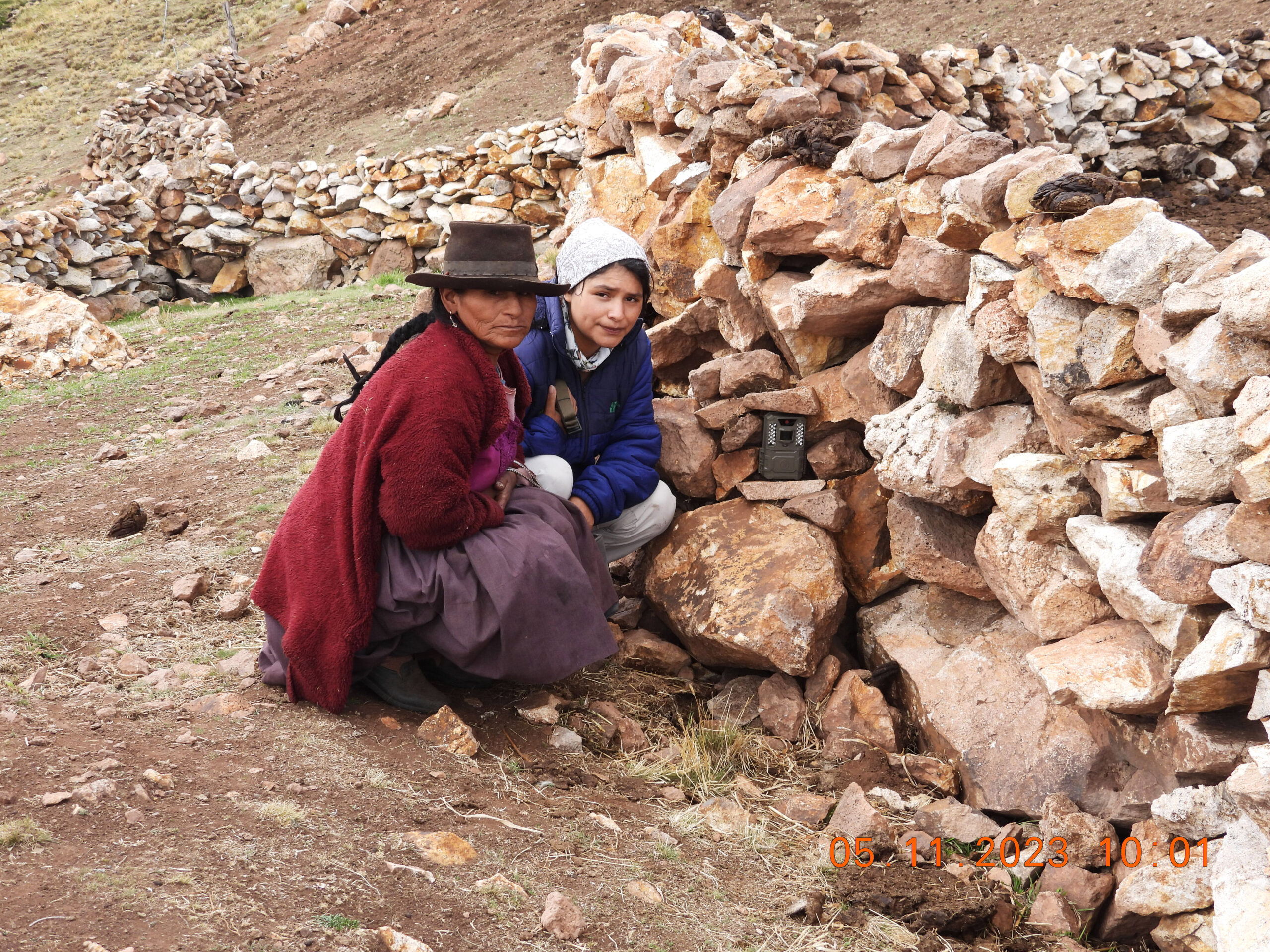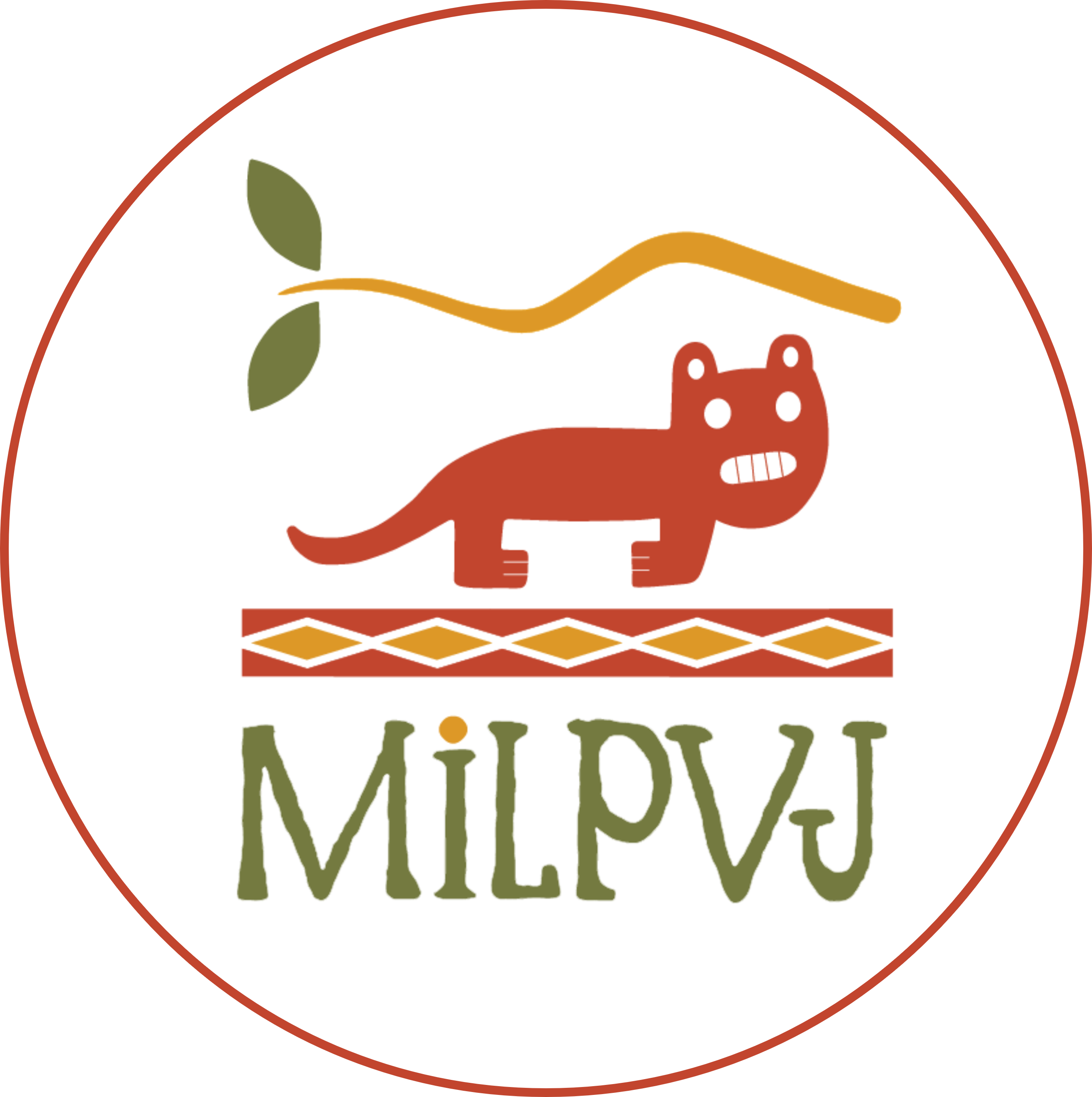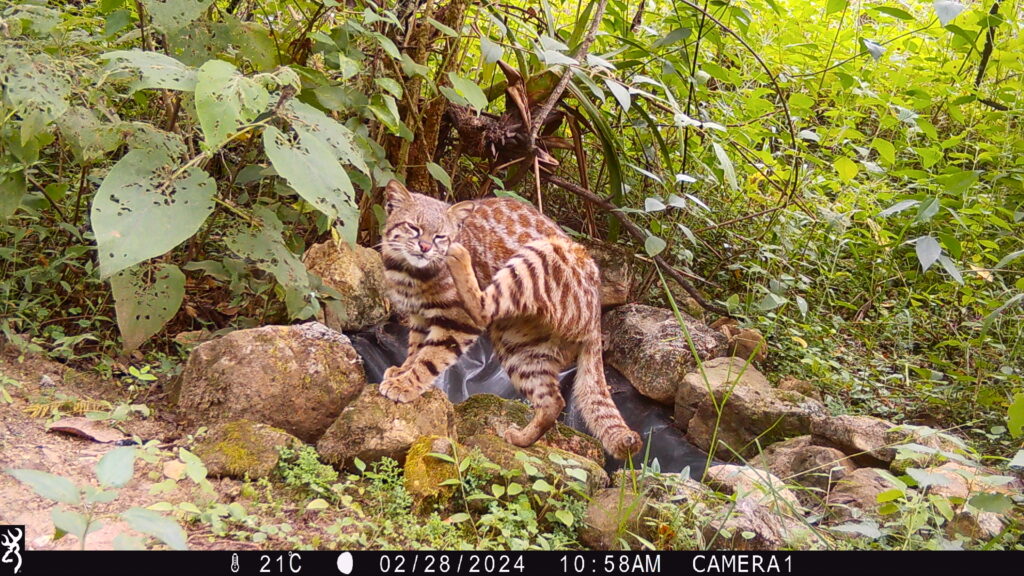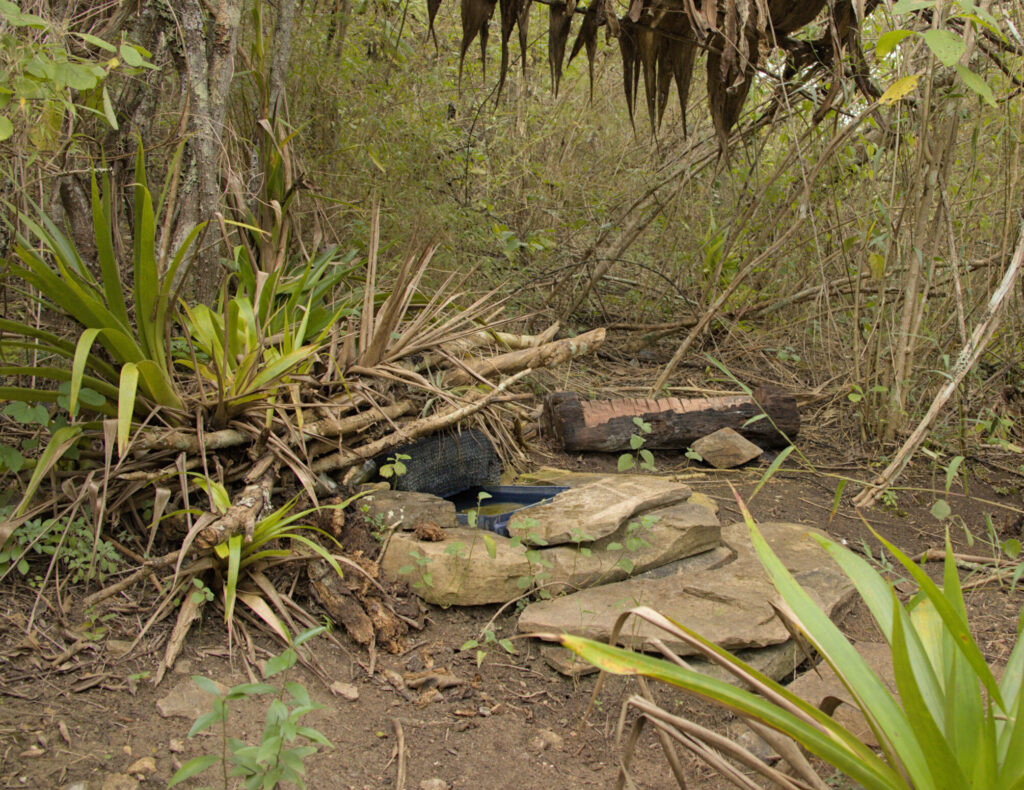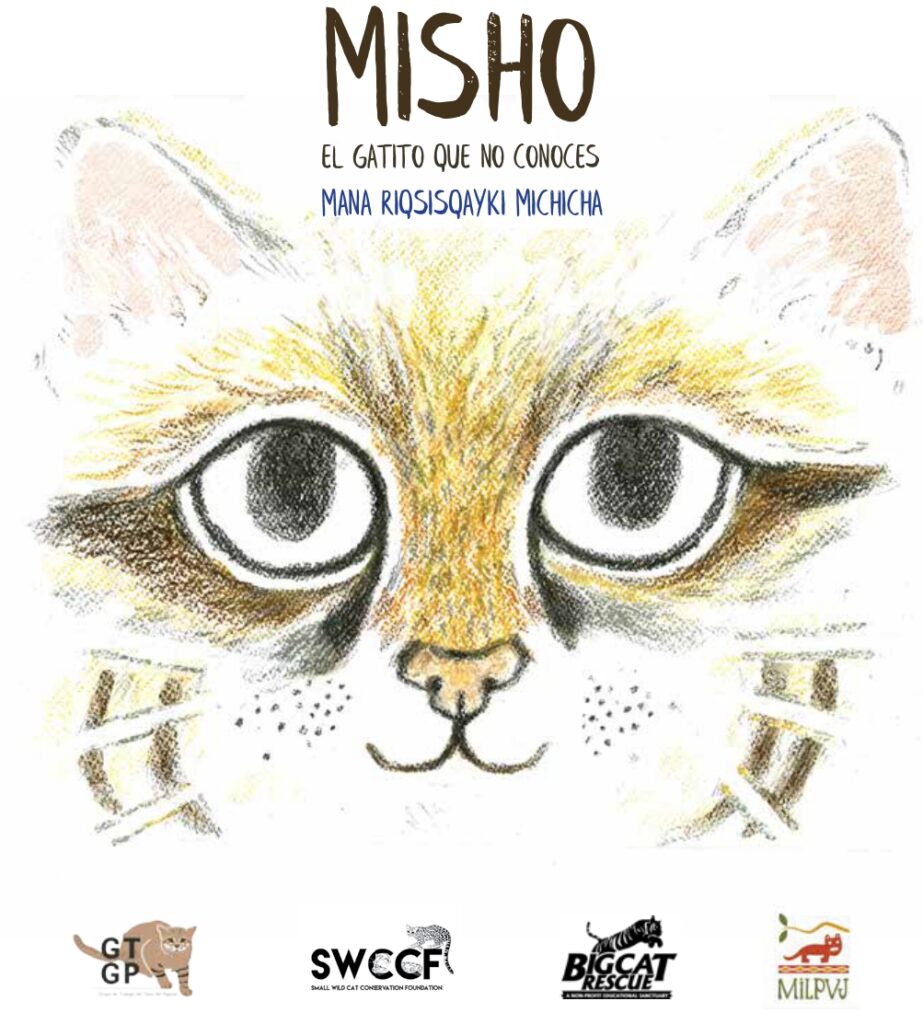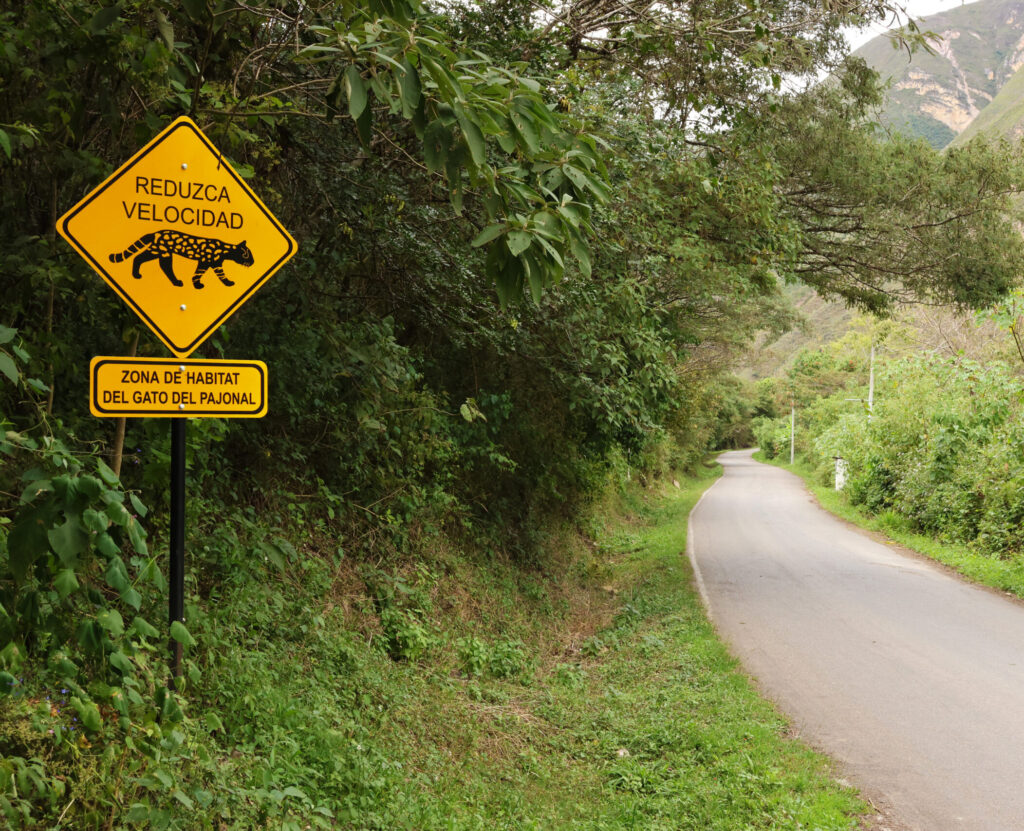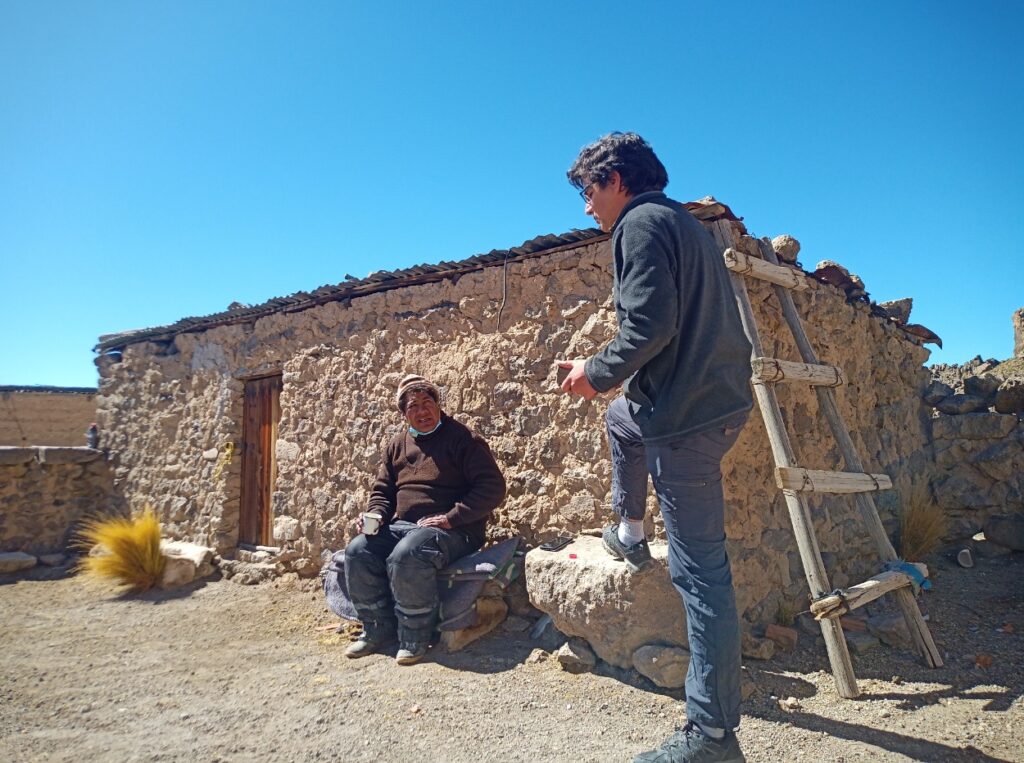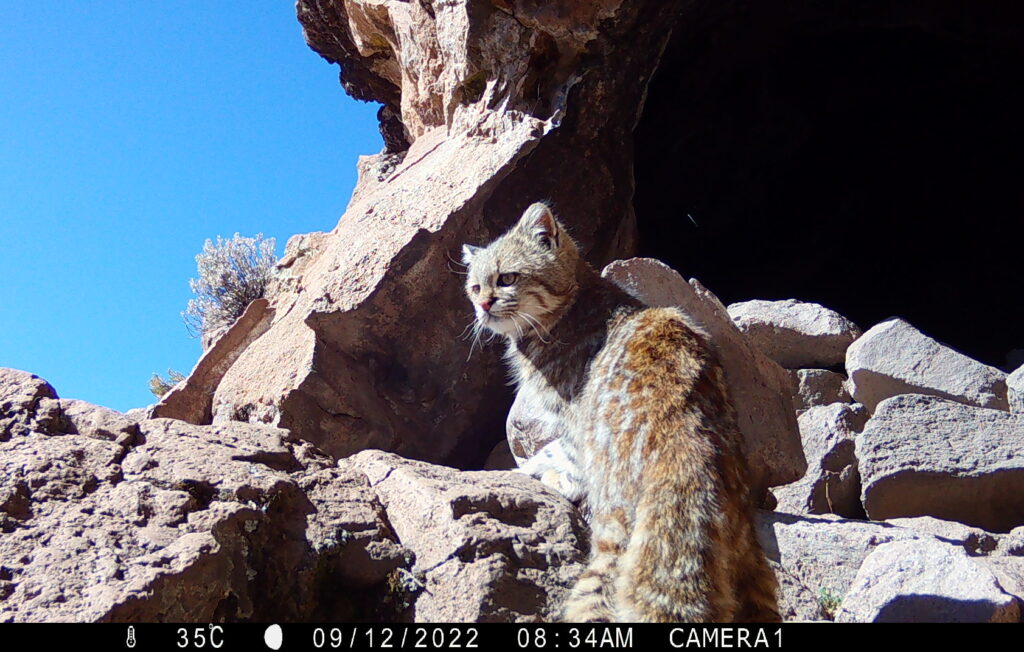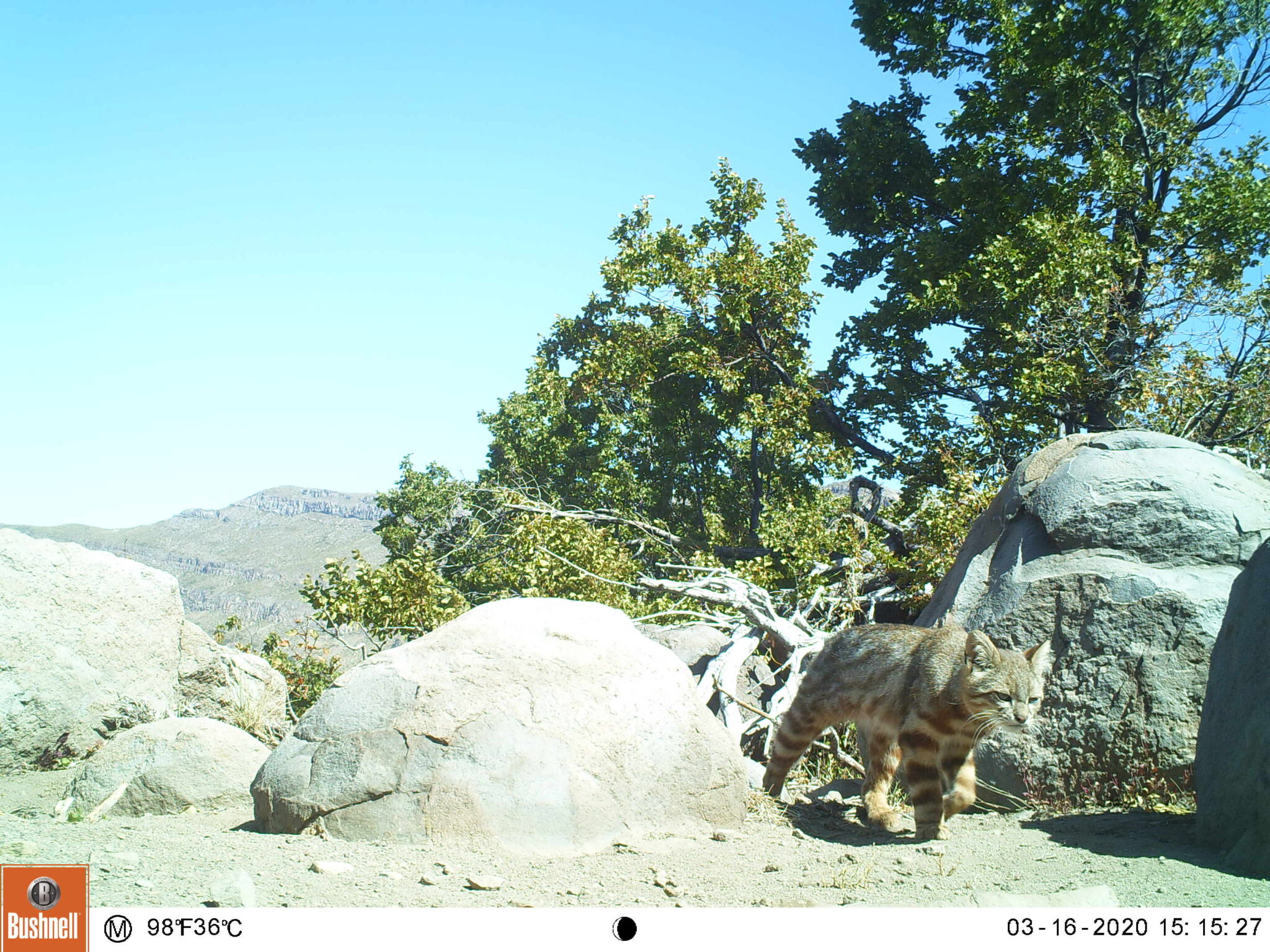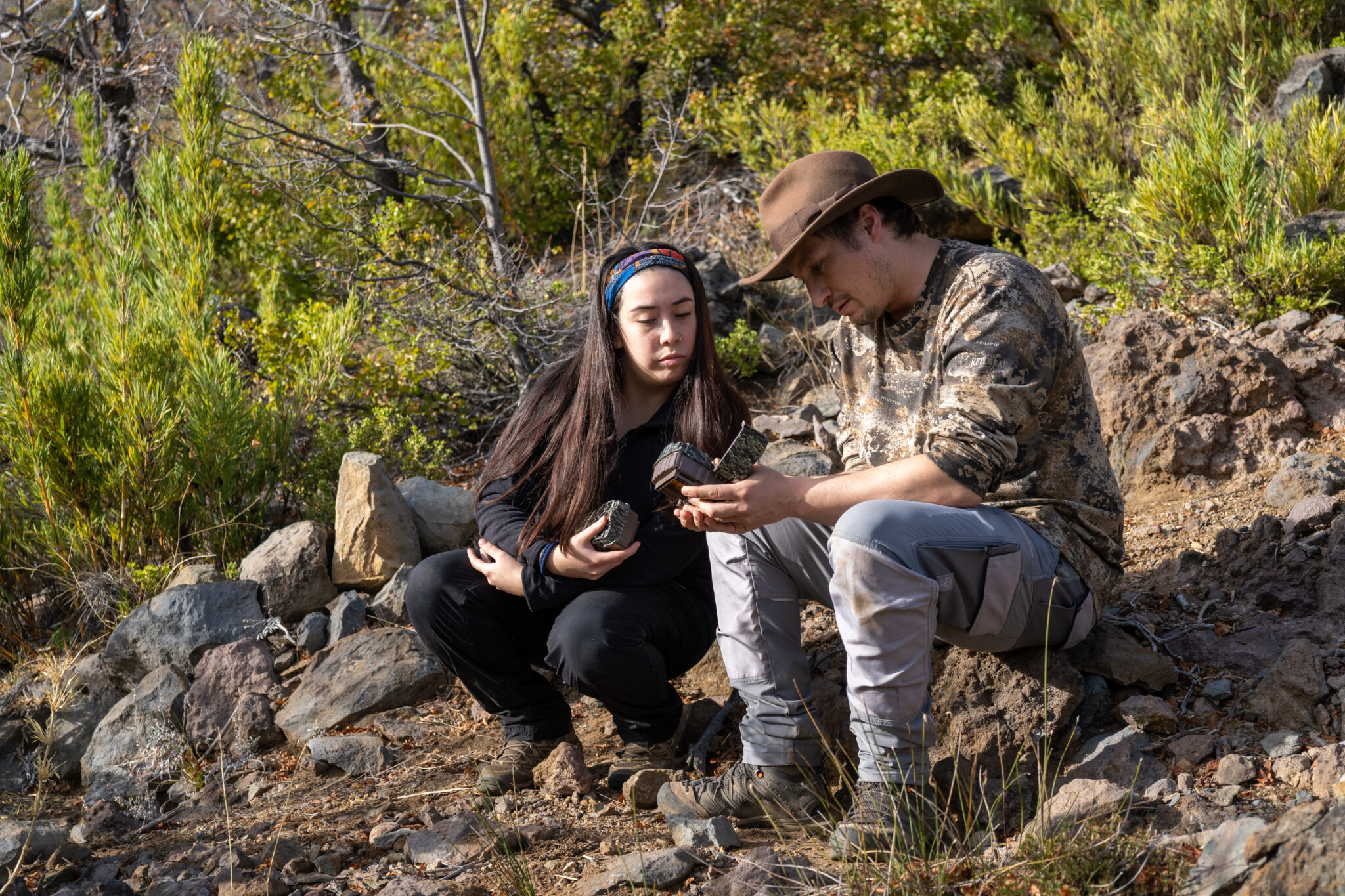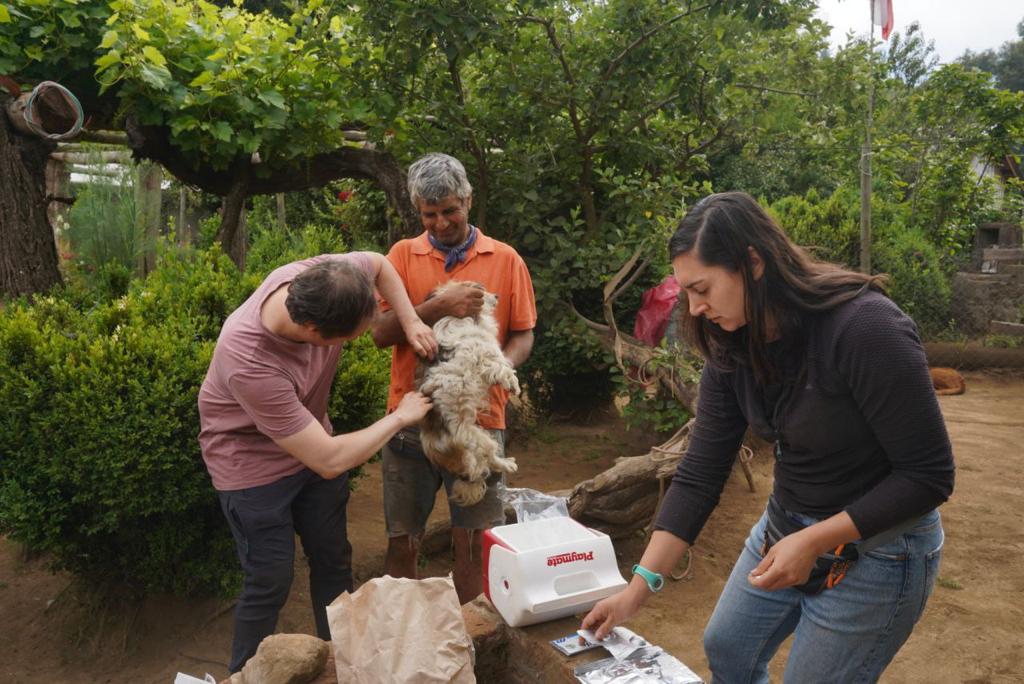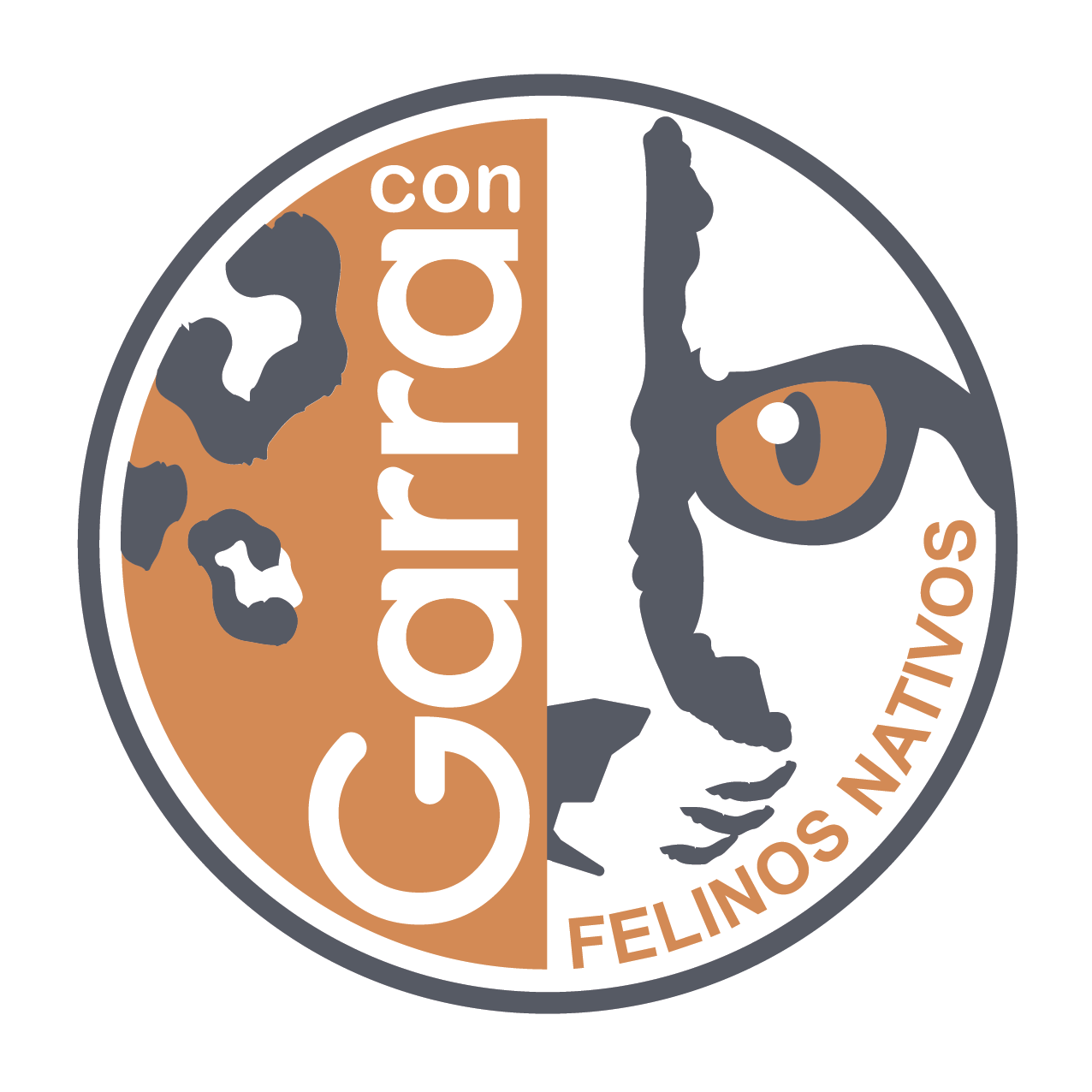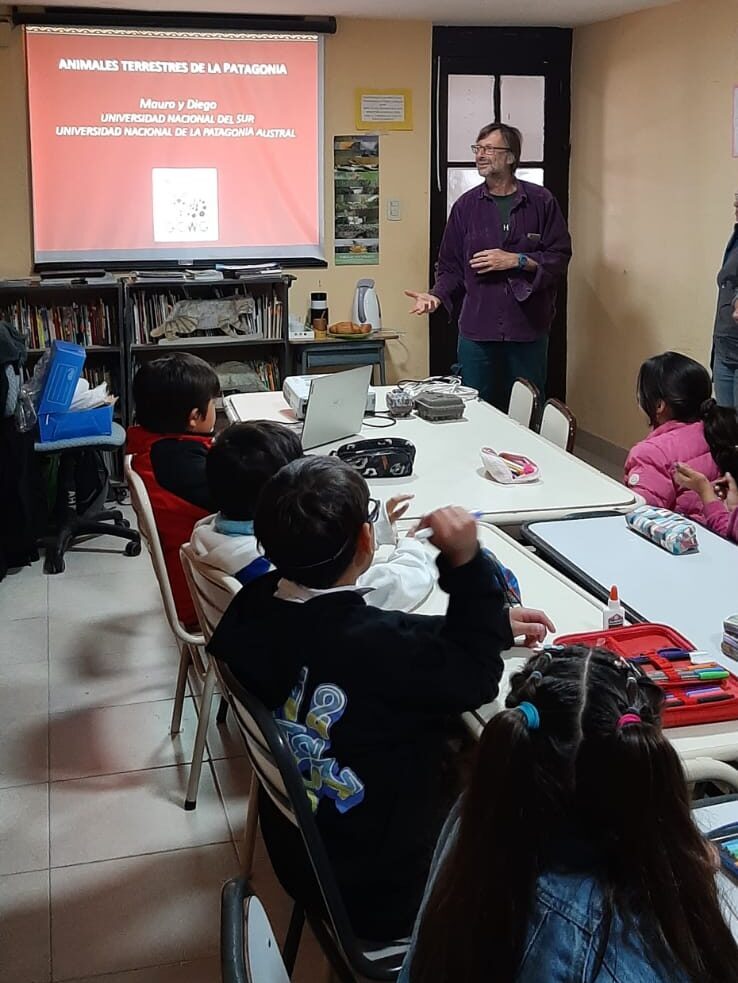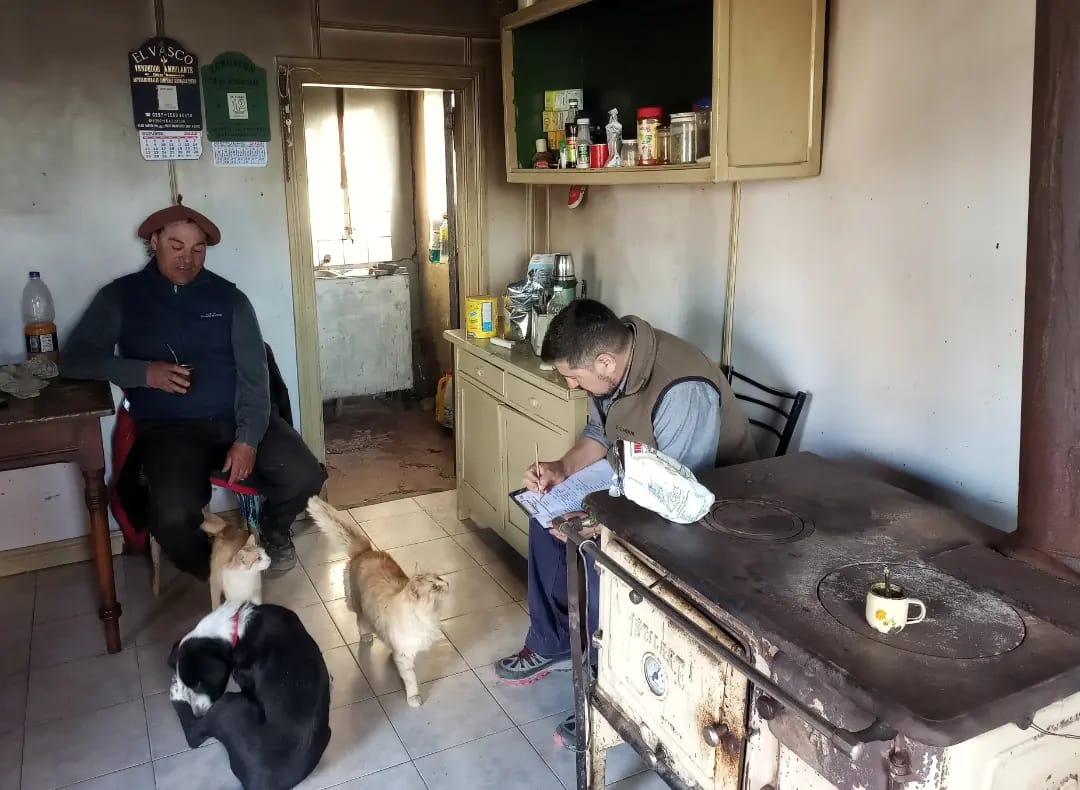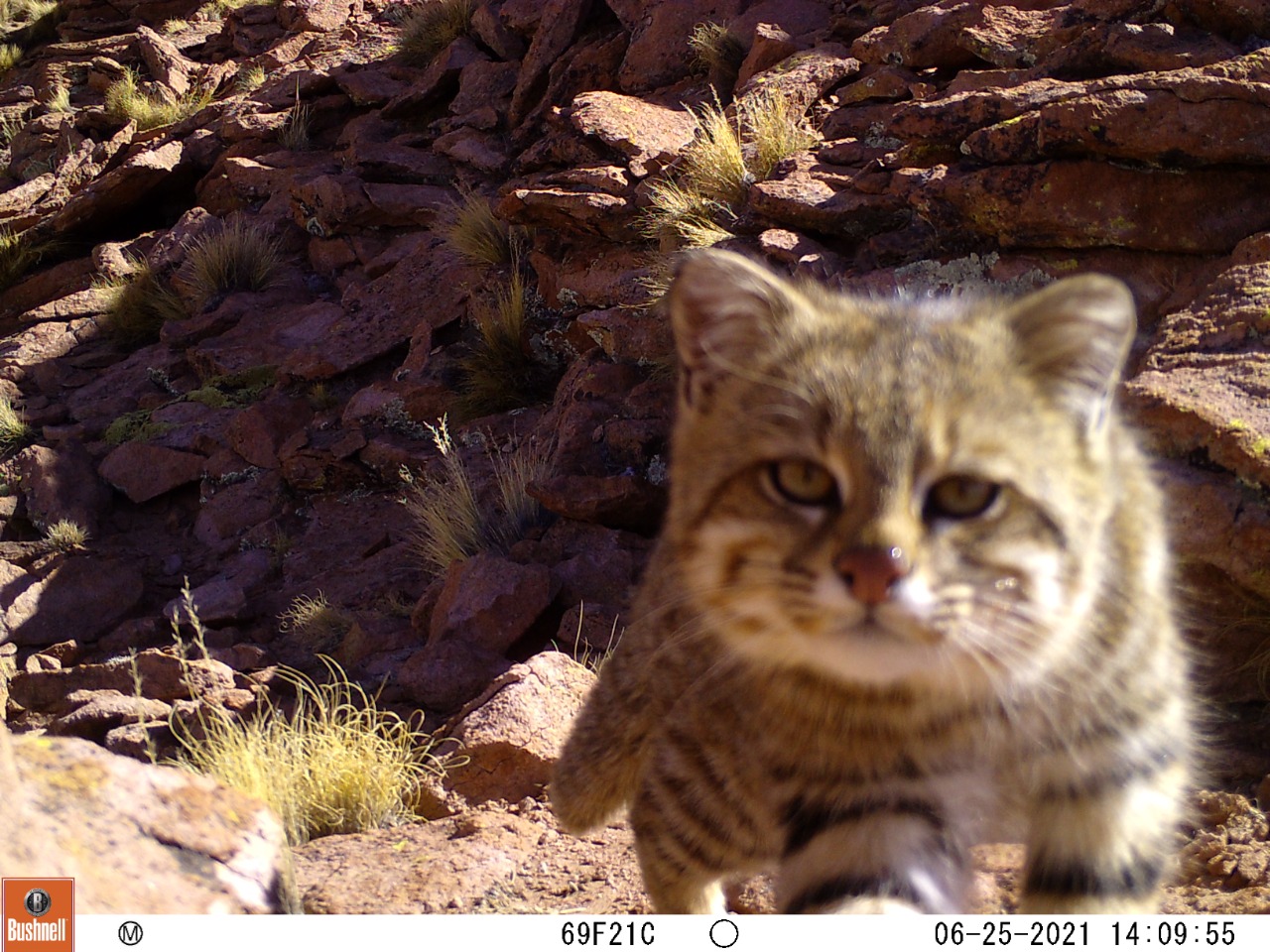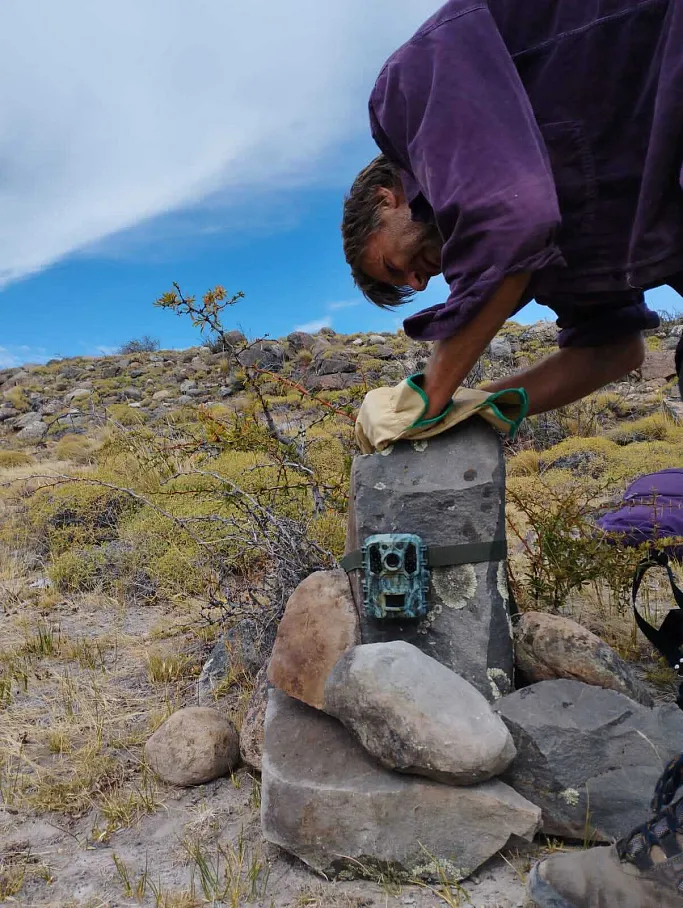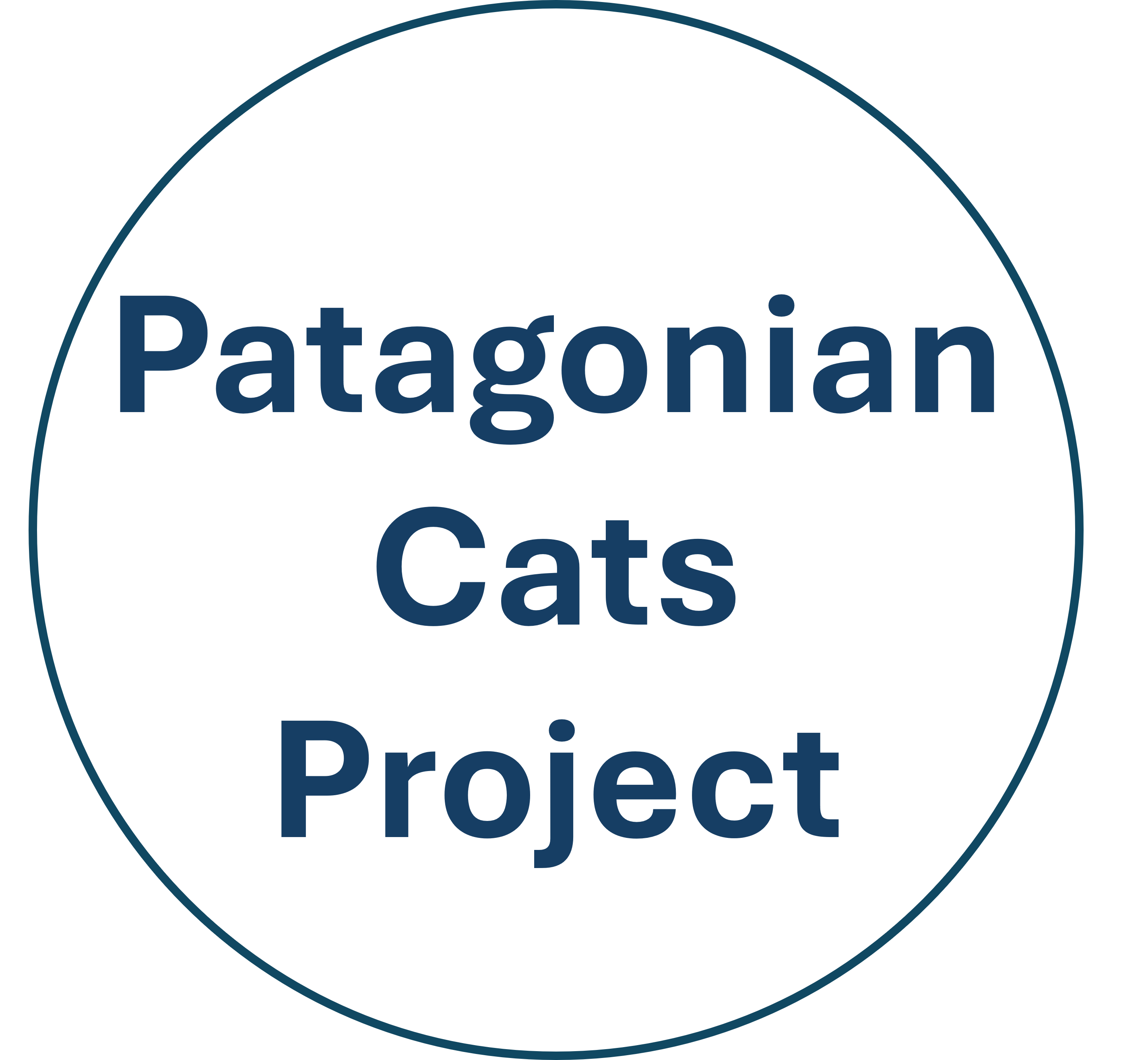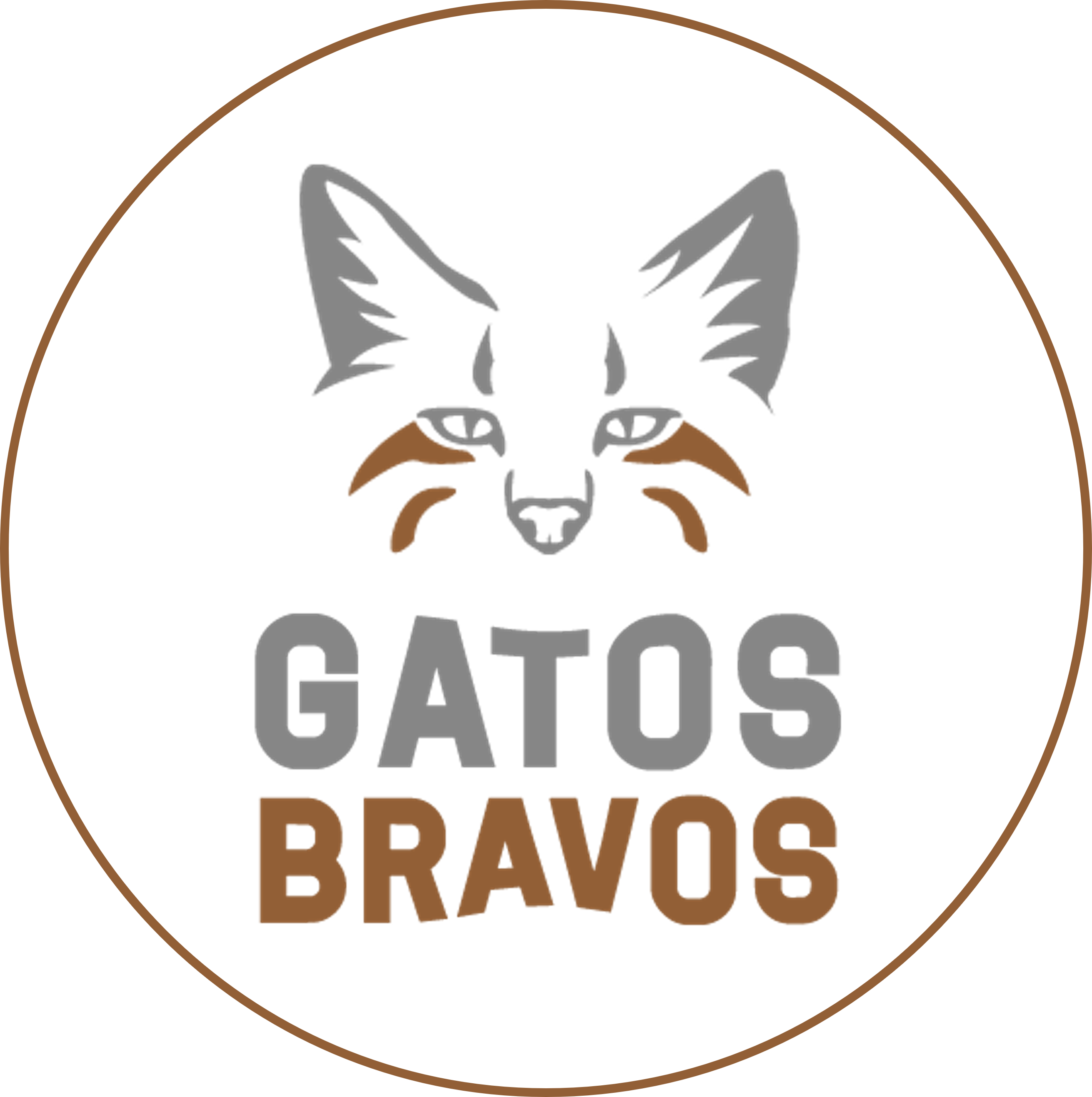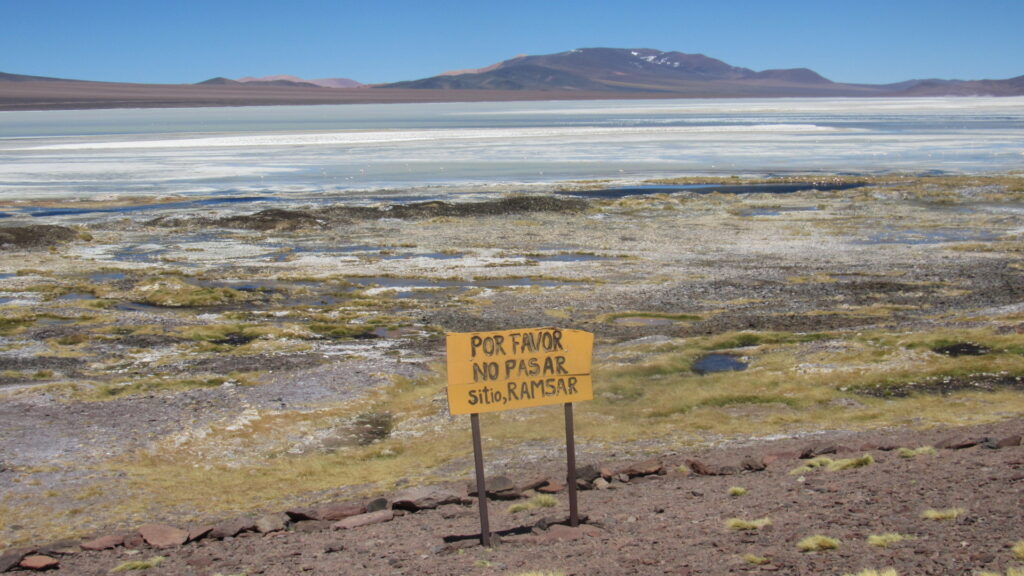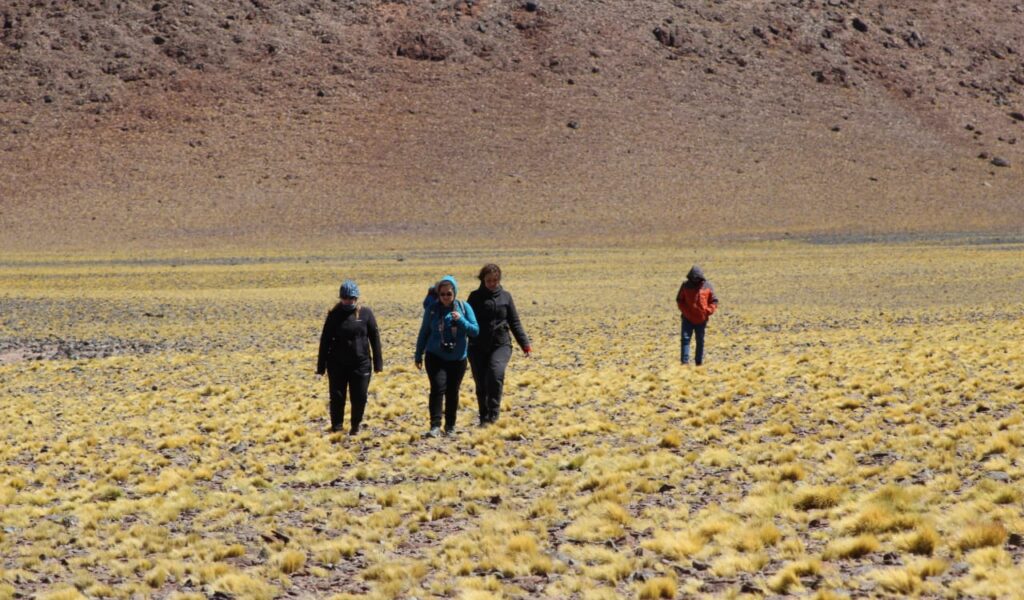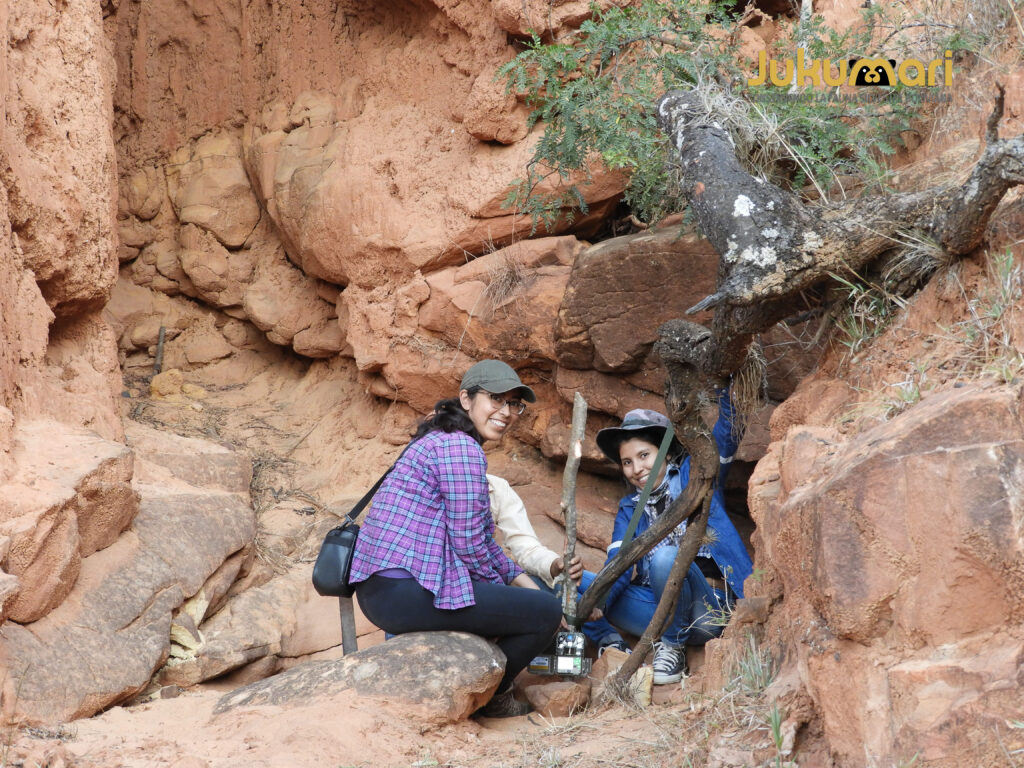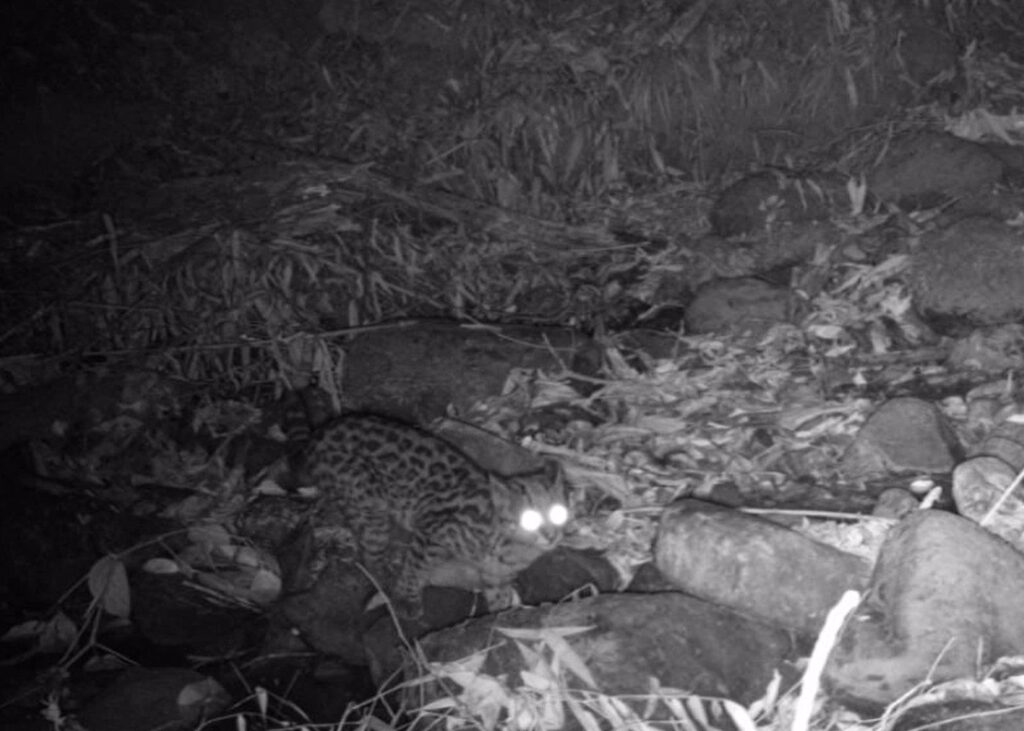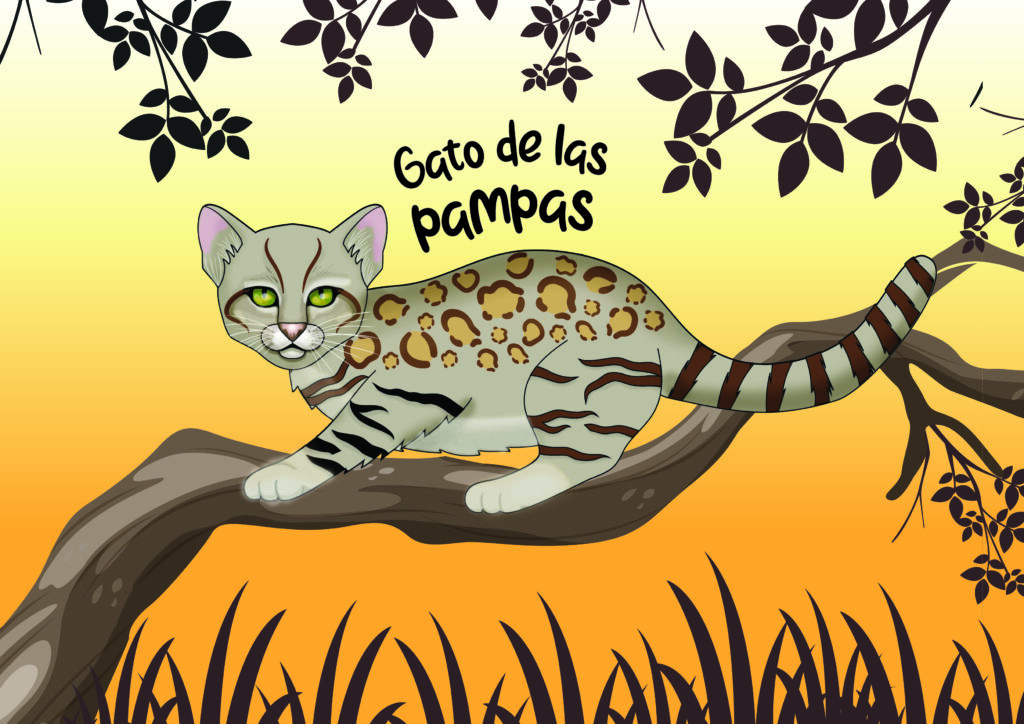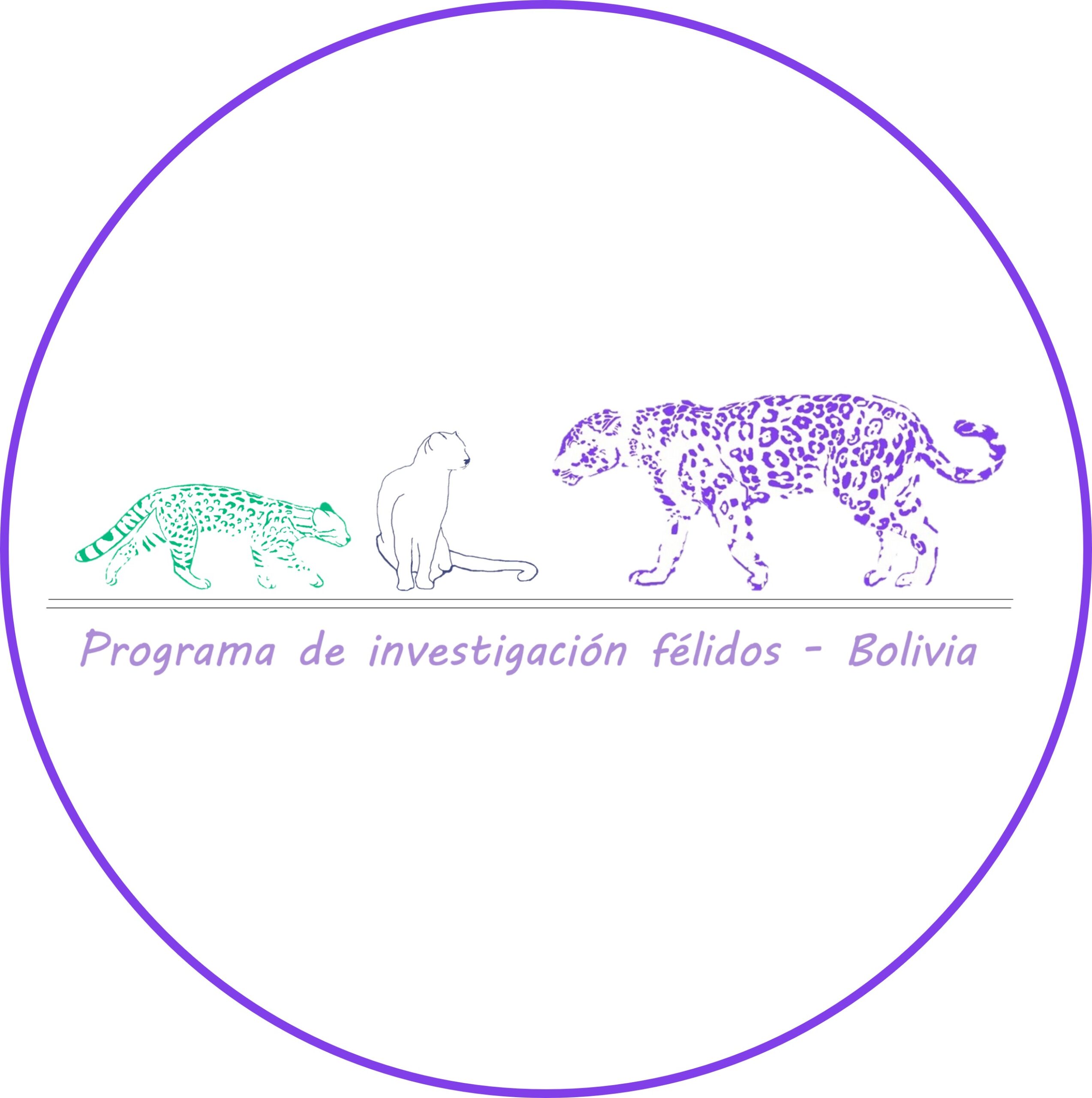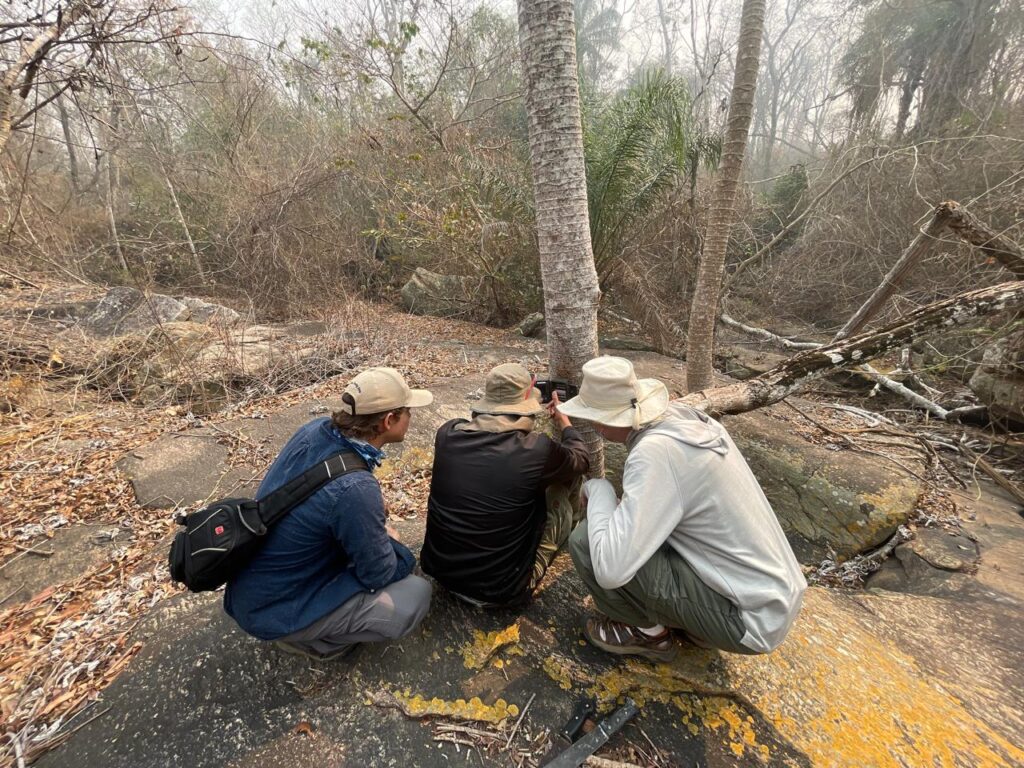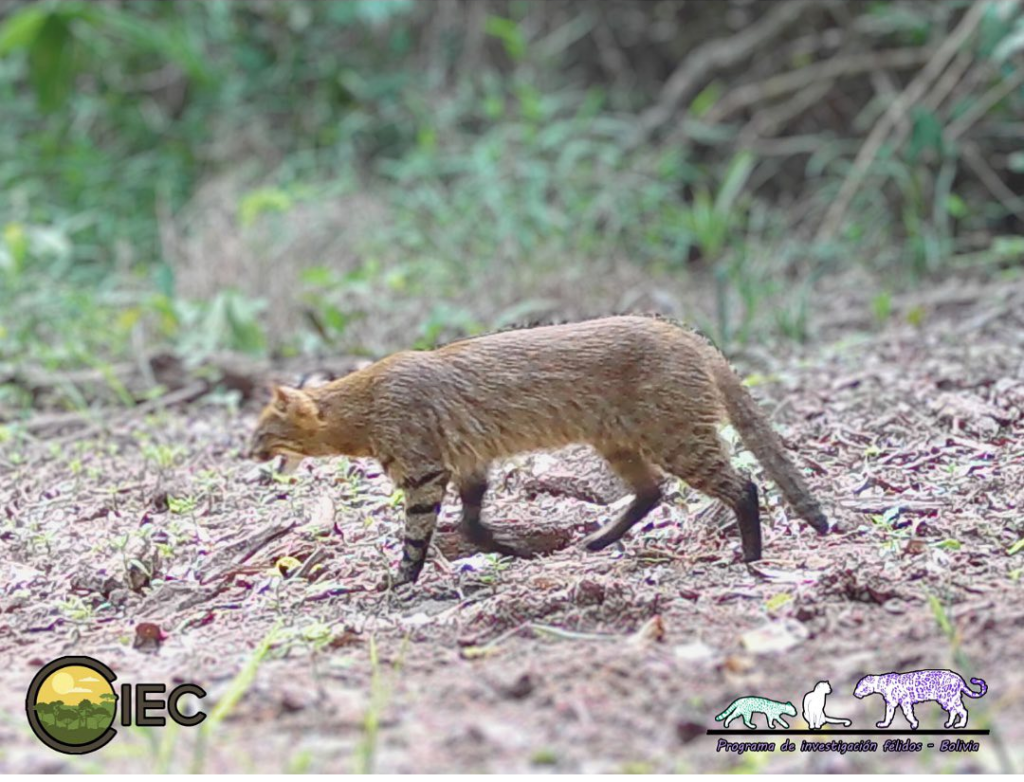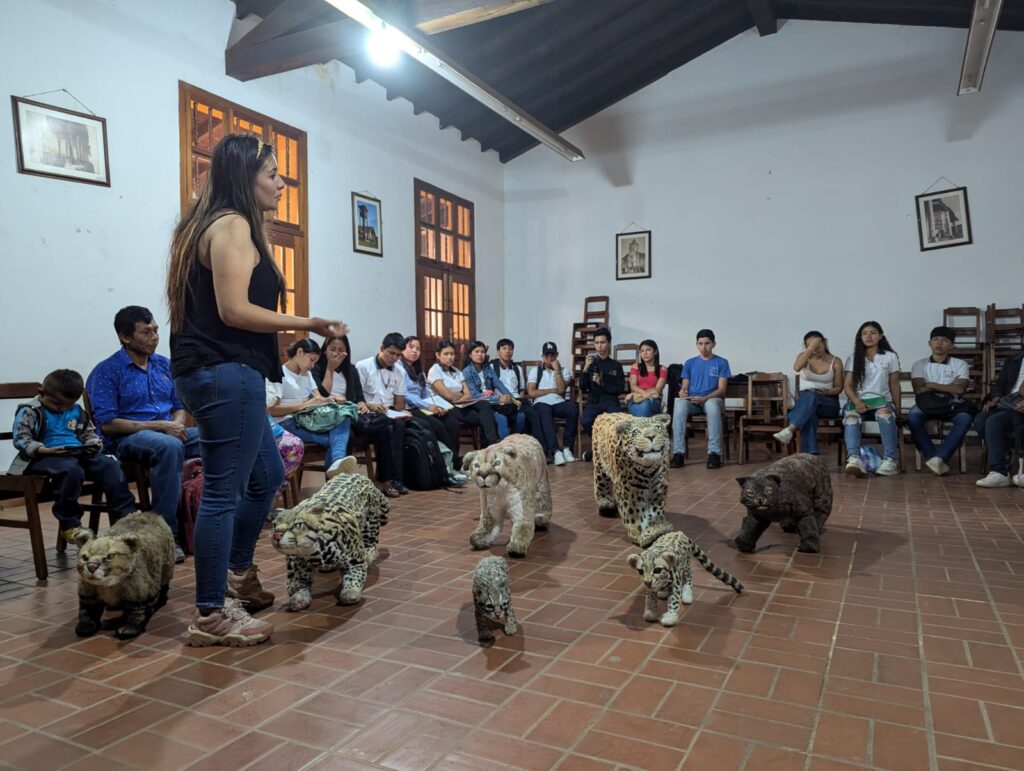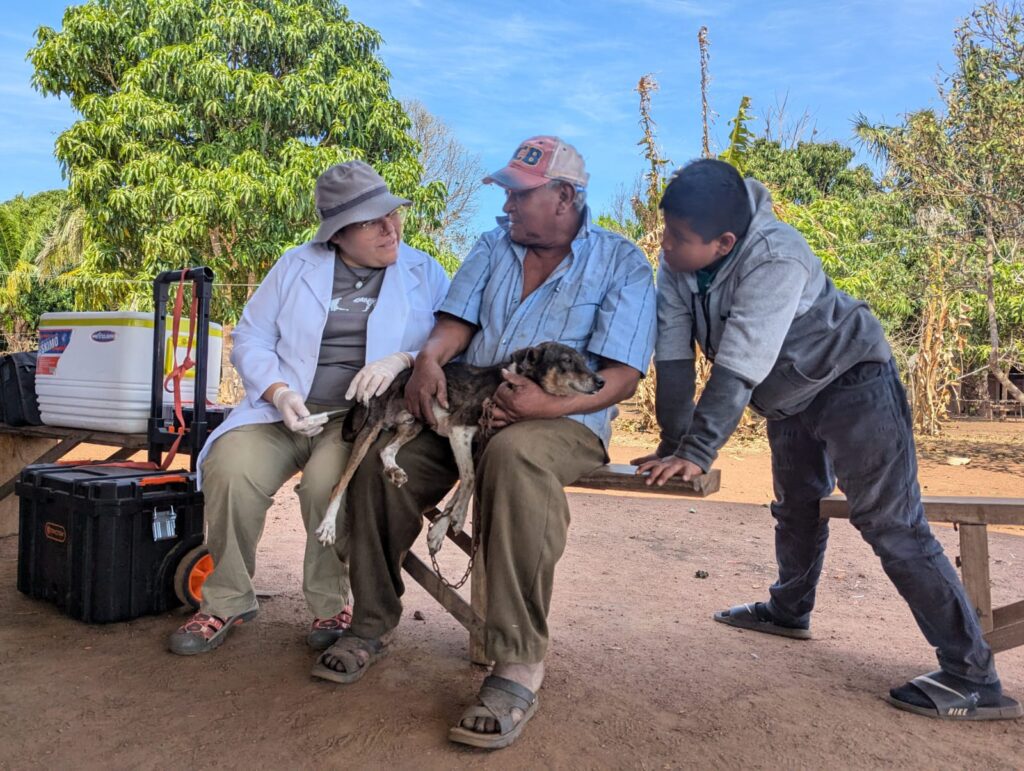Conservation projects
Mitigating small wild cat threats across its distribution
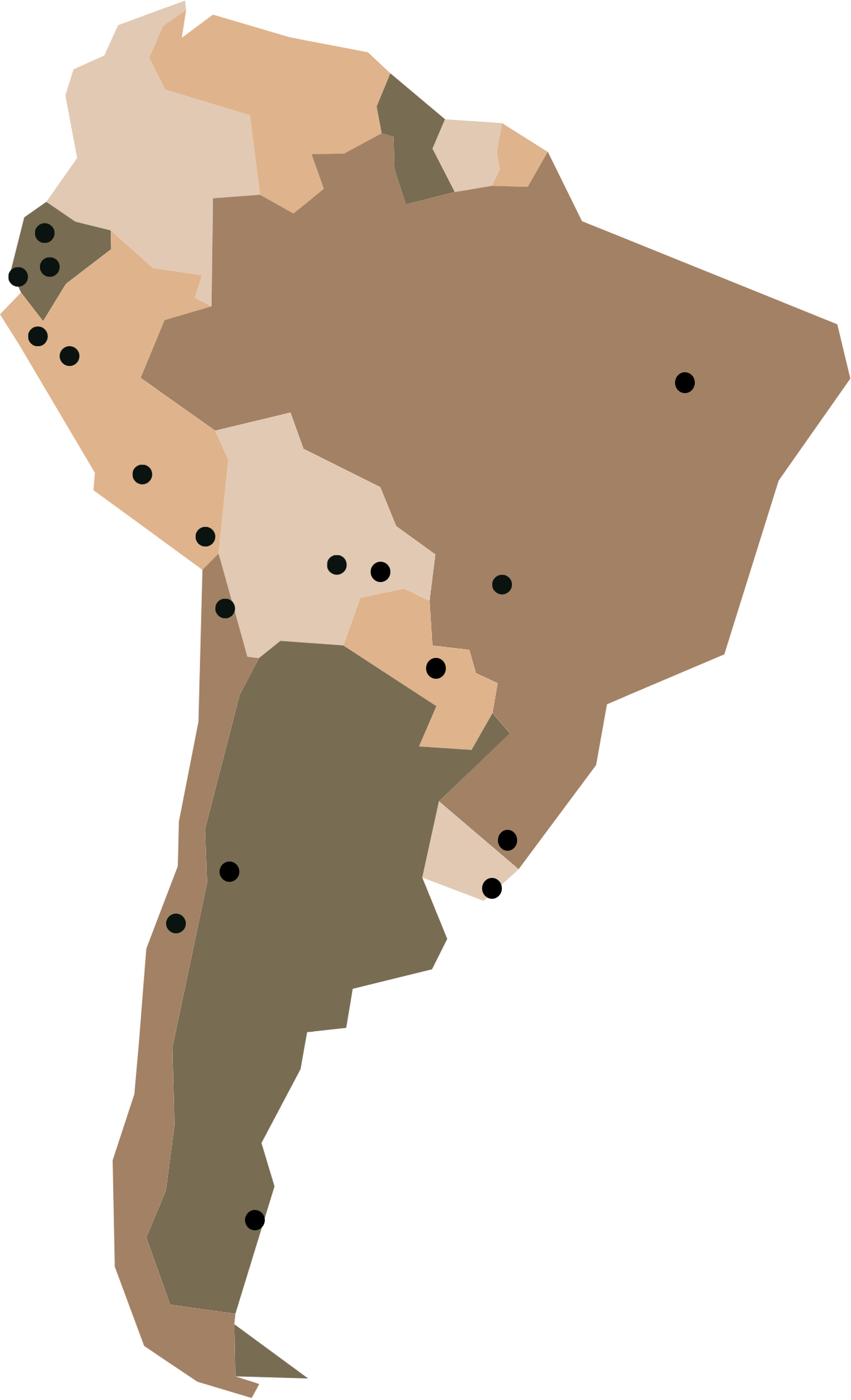
Where do we work?
We work in several ecosystems, from the sea level to the high Andes. We have 16 projects in Ecuador, Peru, Bolivia, Chile, Argentina, Uruguay, Paraguay, and Brazil.
ECUADOR
Wild cat conservation in Chongon - Coloche
Comprehensive project for the conservation and mitigation of conflicts between wildlife and communities in the Chongón Colonche mountain range, Ecuador
Objetives:
Mitigate conflicts between human communities and wildlife in the Chongón Colonche mountain range.
Reduce the impact of companion animals on native species in areas of high biodiversity.
Promote sustainable coexistence between local communities and wildlife.
Abstract
The main objective of this conservation project is to mitigate conflicts between human communities and wildlife in the Chongón Colonche mountain range, Ecuador. Through a comprehensive approach that includes the construction of predator-proof chicken coops and vaccination and sterilization programs for companion animals, the project aims to reduce negative interactions between poultry and wild felid species such as the margay (Leopardus wiedii), jaguarundi (Herpailurus yagouaroundi), and ocelot (Leopardus pardalis). These interventions seek to lessen the impact of domestic dogs and cats on native wildlife while also promoting health and safety in local communities.
The project has been supported by the Prefecture of Santa Elena, academic institutions such as the University of Cuenca, as well as key community stakeholders. The goal is to develop a replicable conservation model that balances human needs with the protection of vulnerable species. By implementing sustainable management strategies, the project aims to significantly reduce human-wildlife conflicts, fostering coexistence and respect for biodiversity in this ecologically and culturally rich region.
To date, eight predator-proof chicken coops have been built in the community of Loma Alta. Additionally, 371 dogs and 29 cats have been vaccinated, while 121 female dogs and 8 female cats have been sterilized. These efforts contribute to reducing the impact of companion animals on wildlife and improving the coexistence between local communities and biodiversity in the Chongón Colonche mountain range.
PERU
Peruvian Desert Cat Project
Ecology and conservation of the Desert Pampas cat Leopardus garleppi in northern Peru
Objetives:
- Conserve the Desert Pampas cat and its habitat in northern Peru.
- Reduce the threats it faces in northern Peru.
- Study the natural history of the Desert Pampas cat in the Sechura Desert and the Dry Forest of Peru.
- Raise awareness about the importance of the Desert Pampas cat among the general public.
- Conduct environmental education activities for adults and schoolchildren in rural areas.
Abstract
The Desert Pampas cat (Leopardus garleppi) is a poorly studied felid despite its wide distribution in South America. In Peru, due to the lack of information on its natural history and conservation status, it has been classified as a Data Deficient species. Additionally, we have identified several threats, including habitat loss, conflict with rural communities, roadkill, and competition and disease transmission from domestic dogs and cats.
Under this scenario, we are implementing the several mitigation actions, as improving chicken coops, conducting vaccination and sterilization campaigns for domestic dogs and cats, installing wildlife crossing signs, and carrying out environmental education programs with children in rural schools. Additionally, we are studying various ecological aspects of L. garleppi, including home range, habitat selection, activity patterns, and diet.
Quechua Women for Conservation
Quechua women united for the conservation of Wild cats in Ayacucho, Peru
Objectives:
- Conduct environmental education workshops aimed at Quechua women and their children.
- Build chicken and guinea pigs coops
- Distribution of cold-resistant grass seeds for alpacas.
- Development of behavior change campaigns through workshops and textile production,
- Community art initiative with the creation of murals, focused on women’s activities and coexistence with Andean cats.
- Impact assessment using camera traps, installed by the women of the group in Ayacucho Region.
Abstract
In la locality of Ccarhuacc Licapa, sightings of the three high Andean felines have been recorded in the Polylepis forests: the Andean cat (Leopardus jacobita), a lesser-known small feline in the region; the Pampas cat (Leopardus garleppi); and the Andean puma (Puma concolor). These forests are characterized as fragile ecosystems due to the various ecosystem services they provide, such as water reservoirs, provision of resources, and shelter for wild flora and fauna species, many of which are endemic. However, there is a significant lack of information regarding the population status of these felines in Peru.
The three species of wild felines are categorized internationally and nationally under some threat category. The Andean cat, globally classified as Endangered, and the Pampas cat, categorized as Near Threatened worldwide, are listed under the Data Deficient category at the national level. Meanwhile, the Andean puma is considered Vulnerable in Peru.
However, the Andean puma faces greater challenges in Ccarhuacc Licapa due to the existing conflict with local community members engaged in alpaca farming. The interaction between these human activities and the presence of high Andean felines raises significant concerns for the conservation of these species in such a crucial ecosystem as the Polylepis forests. Preserving the population of high Andean felines becomes a key aspect in maintaining balance and biodiversity in this region.
In Licapa, women play a fundamental role in the education of their children and demonstrate a profound awareness of the importance of local natural resources. In this context, the project aims to contribute to the empowerment of Quechua women in the conservation of high Andean felines, seeking to improve their quality of life with a clear focus on gender equity.
Given the significance of Andean women in raising their children and their constant interaction with wildlife while herding their alpacas, the intention is to enhance their involvement in various activities. The purpose is to mitigate conflicts between humans and felines in the Ayacucho Region, recognizing the crucial role these women play in the sustainability of the local environment
Milpuj, wildlige refuge
Threats mitigation and climate change adaptation for the conservation of the Desert Pampas Cat Leopardus garleppi
Objectives:
- Mitigate threats faced by small wild cats in the buffer zone of the Milpuj Conservation Area, Amazonas.
- Climate change adaptation through rainwater harvesting to supply artificial water holes to small wild cats.
- Raise awareness among children as allies in the preservation of small wild cats.
- Strengthen the Milpuj Conservation Area as a wildlife refuge.
Abstract
The project includes the implementation of automated artificial water holes supplied with rainwater harvesting, strategically located in biological corridors within the Milpuj Conservation Area, Amazonas. This Conservation Area is situated in the Seasonally Dry Tropical Forest, which experiences two distinct seasonal periods: the rainy season from October to May and the dry season from June to September. However, pluviometric analyses of the area show irregularities due to climate change.
In response, these artificial water holes not only provide water for wildlife during the dry season but also play a crucial role in reducing roadkill incidents. By supplying a water source, they help prevent animals from crossing the highway in search of water from the river.
Additionally, this project has fostered an alliance with the BIODIVERSIDAD-INDECES project of Toribio Rodríguez de Mendoza University to monitor water quality in the artificial water holes, assess roadkill rates along a 50 km stretch, and compare the impact of the troughs in their area of influence.
Finally, the project includes the publication of an illustrated children’s storybook in Spanish and Quechua as an environmental awareness tool to support the conservation of Peru’s small wild cats.
Andean Keepers
Andean Keepers: Community conservation towards Andean carnivores
Objectives:
- Establish mitigation strategies for human-carnivore conflict.
- Implement sustainable development activities to improve the community’s economy and compensate for their economic losses.
- Promote high Andean carnivores, especially felines, as flagship species for the conservation of high Andean ecosystems.
- Establish a citizen science program to monitor high Andean carnivore populations, with a focus on felines.
Abstract
The Andean Keepers project focuses on promoting the conservation of high Andean carnivores, especially felines, through active community participation. It aims to mitigate threats these carnivores face, such as conflicts with livestock, lack of awareness, and habitat loss.
To address this, we have implemented sustainable development activities in communities to compensate for losses caused by conflicts. Our efforts focus on promoting tourism and handicrafts as alternative income sources. Additionally, we are strengthening local capacities in livestock management and conflict prevention by improving corrals and using Foxlights and motion-sensor lights to reduce nighttime attacks.
To further engage communities, we are implementing citizen science programs where local residents install camera traps to monitor carnivores, particularly felines, and the biodiversity within their territories. This initiative aims to turn them into active allies in carnivore conservation. Through their sustainable development activities, they will also help raise awareness about high Andean carnivores among urban populations, ensuring that all stakeholders become keepers of the Andean ecosystems.
CHILE
Colocolo Project
Ecology and conservation of the Colocolo cat (Leopardus colocola) in Maule Region, Chile
Objectives:
- Generate basic ecological and natural history information about the Colocolo cat.
- Achieve the conservation of the species through threat mitigation.
- Promote peaceful coexistence between people and the Colocolo cat in areas with high levels of conflict due to bird predation.
Abstract
The Colocolo cat (Leopardus colocola) is one of the least known felines in South America and inhabits central Chile, an area heavily populated by humans, which negatively impacts its habitat. For this reason, we study its ecology and natural history inside and in the buffer area of the Altos de Lircay National Reserve using camera traps, scat analysis, and other methodologies. Additionally, we mitigate the impact of retaliatory hunting in rural areas near protected natural areas by providing Mapuche chickens, offering poultry farming guidance, and improving chicken coops
Con Garra, felinos nativos
Ecology and conservation of the Colocolo cat (Leopardus colocola) in Maule Region, Chile
Objectives:
- Generate basic ecological and natural history information about the Colocolo cat.
- Achieve the conservation of the species through threat mitigation.
- Promote peaceful coexistence between people and the Colocolo cat in areas with high levels of conflict due to bird predation.
Abstract
The Colocolo cat (Leopardus colocola) is one of the least known felines in South America and inhabits central Chile, an area heavily populated by humans, which negatively impacts its habitat. For this reason, we study its ecology and natural history inside and in the buffer area of the Altos de Lircay National Reserve using camera traps, scat analysis, and other methodologies. Additionally, we mitigate the impact of retaliatory hunting in rural areas near protected natural areas by providing Mapuche chickens, offering poultry farming guidance, and improving chicken coops
ARGENTINA
Dryland Cats Project
Dryland cats: Role of the Protected Areas in wild cat conservation in arid ecosystems
Objectives:
- Assess the environmental and anthropogenic factors affecting habitat use, density, and activity patterns of native carnivores within protected areas and their surrounding zones.
- Analyze the feeding habits of different carnivore species inside and outside protected areas.
- Monitor and control the population of free-ranging cats and dogs in a protected area of Mendoza and implement health management actions to reduce the risk of disease transmission to both humans and wildlife.
- Evaluate the impact of roads on wildlife in a protected area to contribute to the planning and implementation of mitigation measures for accidents.
- Exchange knowledge and experiences with different social actors through communication and education initiatives on human-carnivore interactions.
Abstract
Covering an area of 673,000 km², the Patagonian steppe ecoregion in Argentina represents a significant portion of the range of both the Pampas cat and Geoffroy’s cat. However, information on the presence of these wild felines remains scarce, and their population abundance and conservation threats are still unknown. This project aims to enhance our understanding of the distribution, ecology, and conservation threats of Pampas cat and Geoffroy’s cat populations in the Patagonian steppe and use this information to design and implement actions to mitigate these threats.
Patagonian Cats Project
Distribution of small felines and threats to their conservation in the Patagonian steppe.
Objectives:
- Understand the distribution, abundance, and threats affecting the Pampas cat and Geoffroy’s cat in the Patagonian steppe of Argentina.
- Use this information to plan and implement threat mitigation actions.
Abstract
Covering an area of 673,000 km², the Patagonian steppe ecoregion in Argentina represents a significant portion of the range of both the Pampas cat and Geoffroy’s cat. However, information on the presence of these wild felines remains scarce, and their population abundance and conservation threats are still unknown. This project aims to enhance our understanding of the distribution, ecology, and conservation threats of Pampas cat and Geoffroy’s cat populations in the Patagonian steppe and use this information to design and implement actions to mitigate these threats.
Braves Cats
Brave Cats, conserving the most threatened small wild cats of La Rioja Province, Argentina.
Objectives:
Survey small wild cats and their relative abundances across different environments in the provinces of La Rioja and Catamarca.
Identify the main environmental variables affecting the distribution, activity patterns, and structure of small wild cats assemblages.
Assess the impact of human activities on the distribution, activity patterns, and community structure of small wild cats.
Identify the main threats and potential key areas for the conservation of small wild cats.
Abstract
Small felids are not immune to habitat changes resulting from the interaction of environmental and anthropogenic factors. Given the crucial role of carnivores as ecological regulators in trophic chains, fluctuations in their populations can lead to significant biodiversity changes. Despite its diverse environments, little is known about the biodiversity of Argentina’s La Rioja province, and the lack of information is particularly concerning for carnivorous mammals. Among them is the Andean cat, a threatened species that remains largely unstudied in the region.
The objective of this project is to promote the conservation of the Andean cat by integrating local communities into monitoring, ecotourism, and sustainable production activities that benefit both local populations and the species. Research will serve as a tool to identify major threats and priority conservation areas for the Andean cat in La Rioja. To achieve this, systematic mammal surveys using camera traps will be conducted, covering as much of the species’ potential distribution area as possible. Additionally, workshops will be organized with local communities to assess their perceptions and interactions with the felid species they coexist with.
The data generated by this project will support the development of management, conservation, and education initiatives focused on the Andean cat, the Pampas cat, and other small felids in the region
BOLIVIA
Cloudet Tiger Cat in Santa Cruz
Distribution and threat assessment of the Clouded Tiger Cat (Leopardus pardinoides) in the Santa Cruz valleys, Bolivia
Objectives:
- Determine the distribution of the Clouded Tiger Cat in Santa Cruz Region.
- Identify potential threats to the Clouded Tiger Ca in the study site.
- Understand the local population’s perception toward the Clouded Tiger Ca
Abstract
The Clouded Tiger Cat Leopardus pardinoides is a feline found in a wide range of habitats, from semi-arid lowlands to cloud forests and montane forests. However, Bolivia presented a biogeographic gap for this species, which was considered likely to occur. This project aims to understand local community perceptions, identify potential threats, and determine the distribution of this species using camera traps in the valleys of the Santa Cruz Region, specifically in the Municipality of Mairana.
The selected locality is particularly unique as it lies at the ecotone of three different ecosystems: Dry Forest with Chaco influence, Montane Savannas, and High Humid Forest. This site is one of a kind in Bolivia and South America and has been recognized as a Biological Corridor within the Tropical Andes Hotspot. Additionally, we are also working in the El Chape Municipal Natural Park and the buffer zone of Amboró National Park, both of which are crucial for their hydrological importance.
PIF Bolivia
Bolivian Felid Reseearch and Conservation Program
Objectives:
- Generate information on Bolivian felines to carry out conservation actions
Abstract
The Felid Research & Conservation Program (PIF) is a local initiative dedicated to the study and conservation of felids in Bolivia. To achieve this, we carry out concrete actions such as promoting coexistence between local communities and wildlife through specialized workshops focused on reducing conflicts with these predators. Additionally, we conduct vaccination and neutering campaigns for dogs and cats in Indigenous communities to reduce the risk of disease transmission to wild animals. We also implement environmental education programs to raise awareness about Bolivia’s felid diversity and their crucial role in maintaining ecological balance. As part of our commitment to research, we collaborate with our partners to monitor felids using camera traps to better understand their distribution and behavior. Furthermore, we conduct genetic studies that provide key information for conservation efforts and help develop new monitoring methods based on molecular markers.

